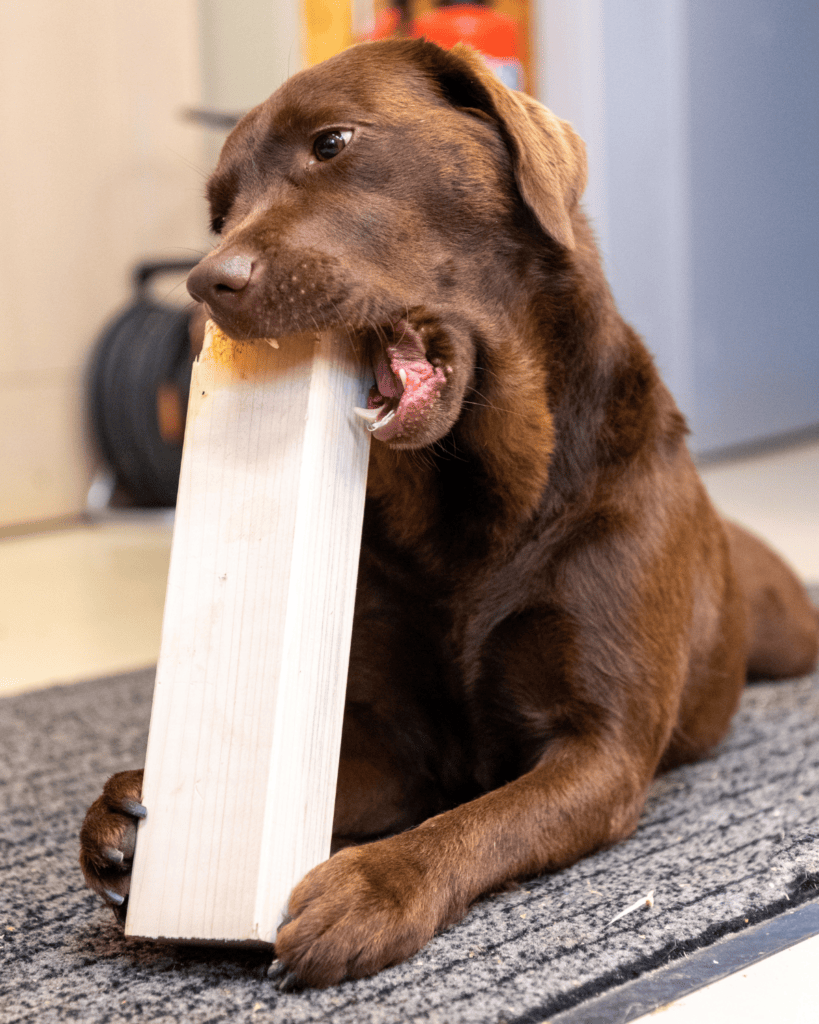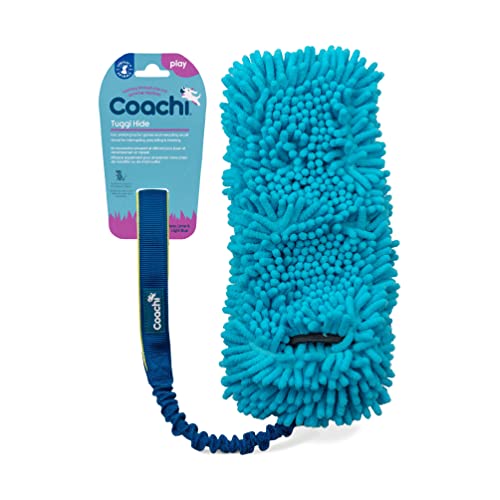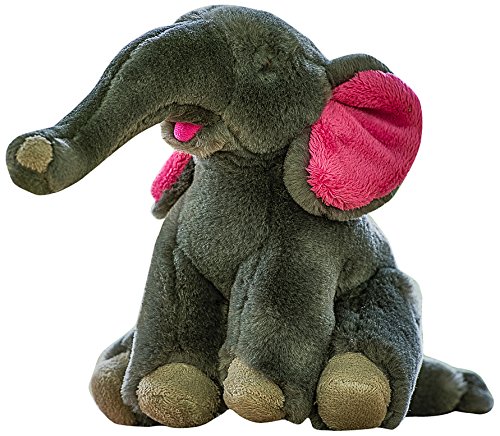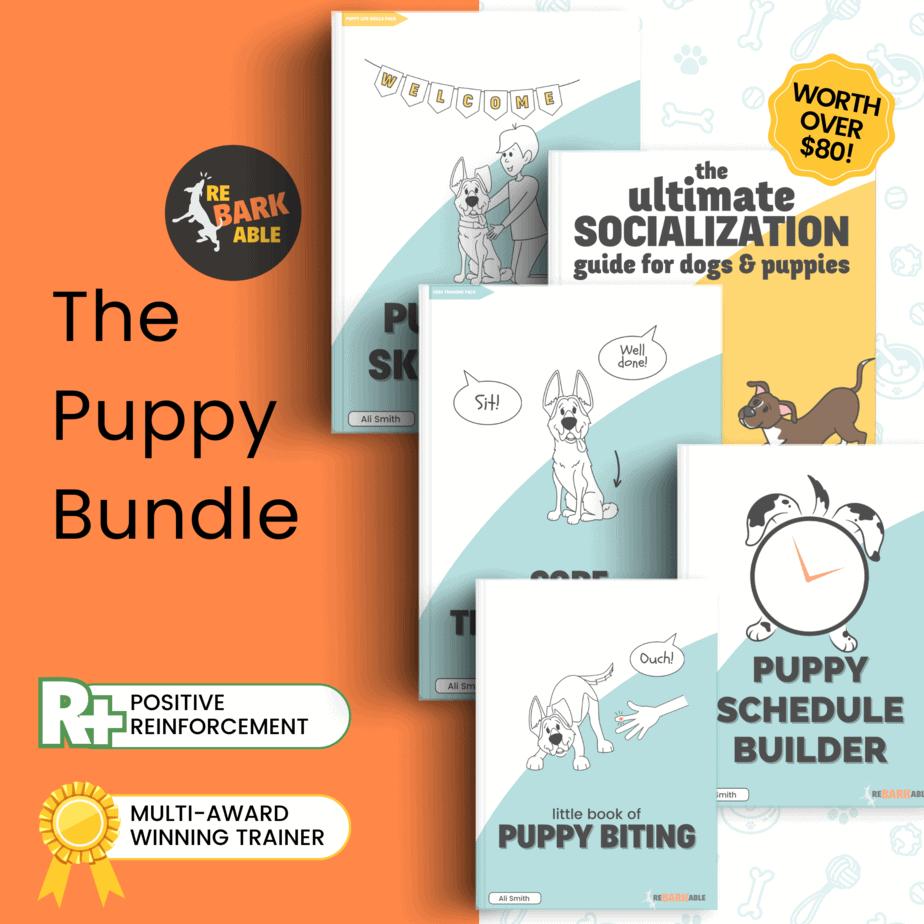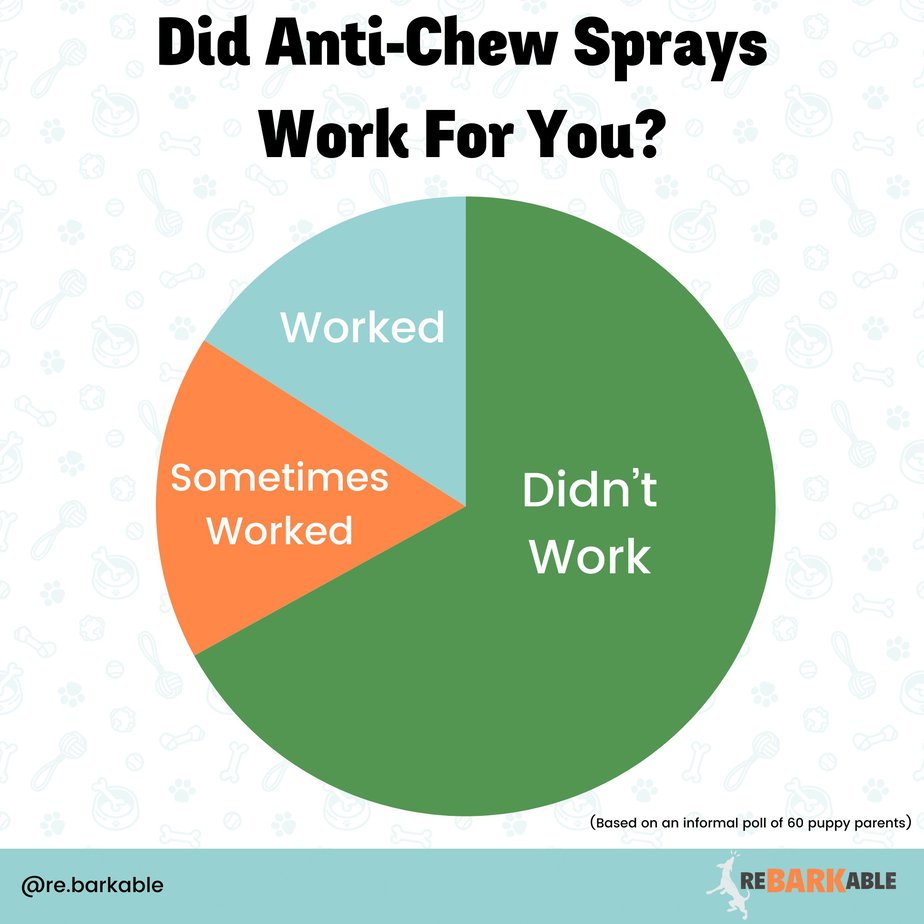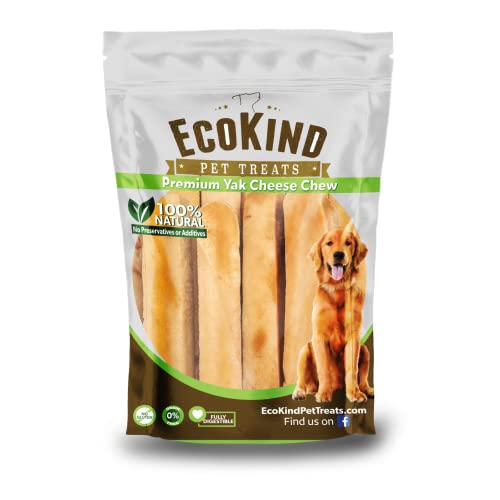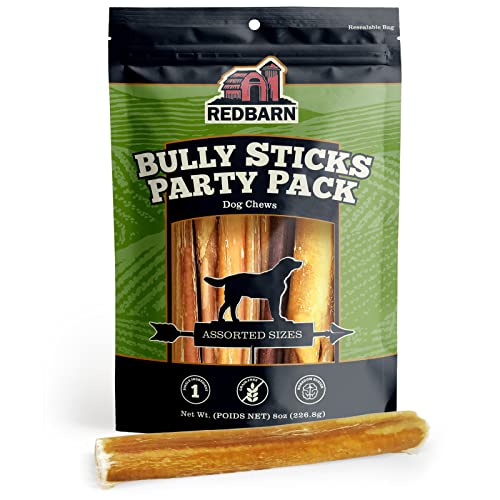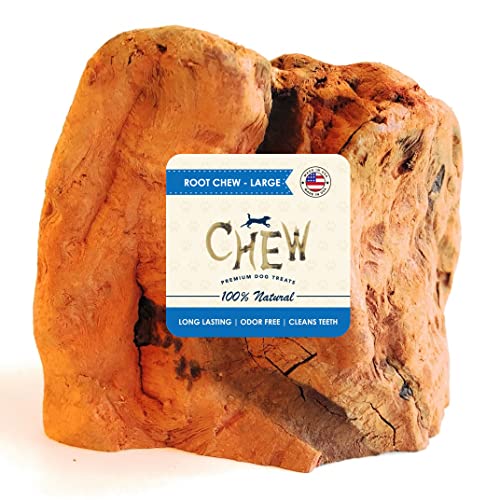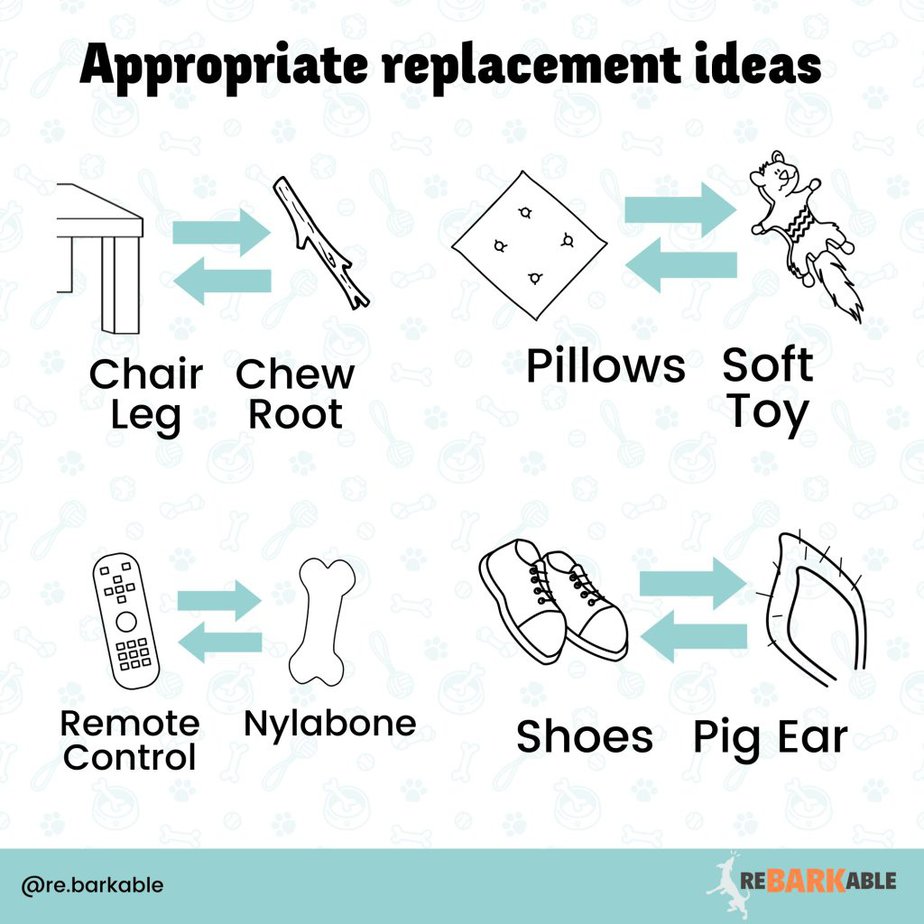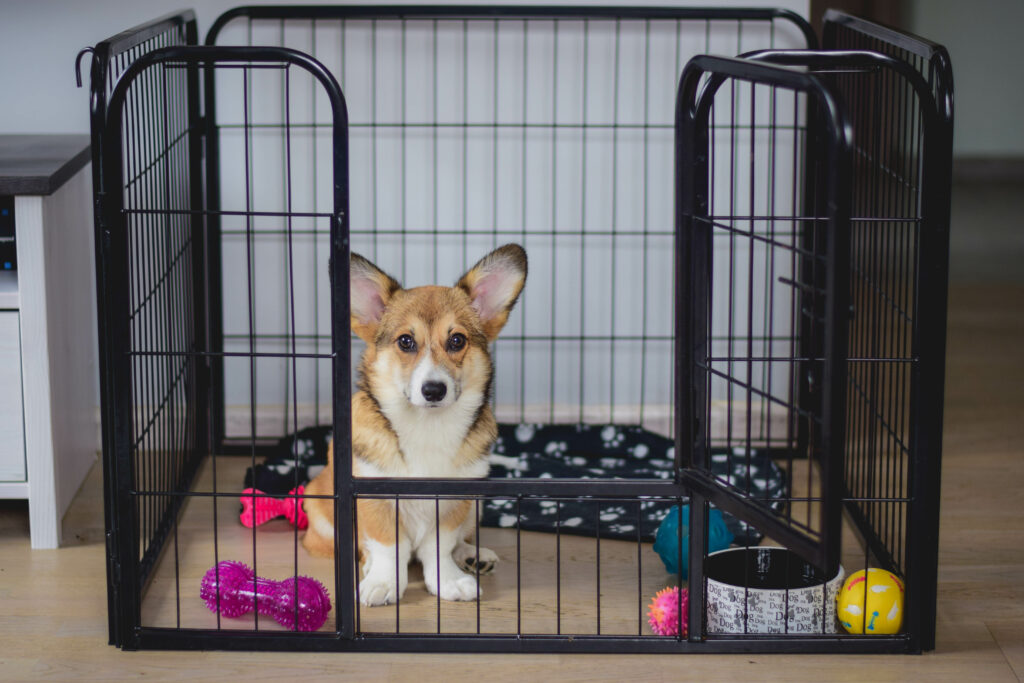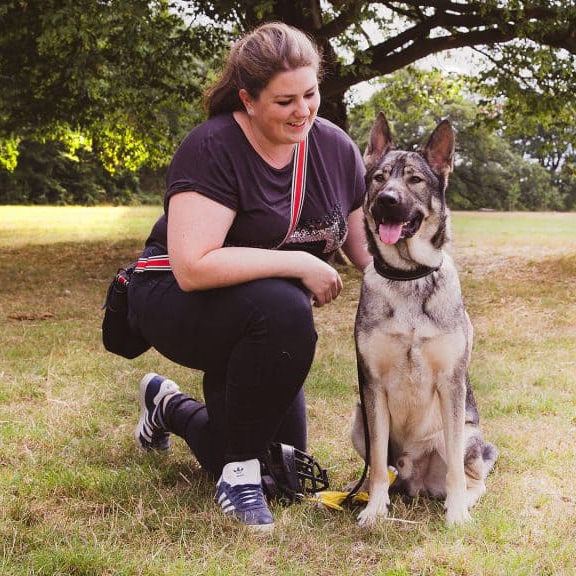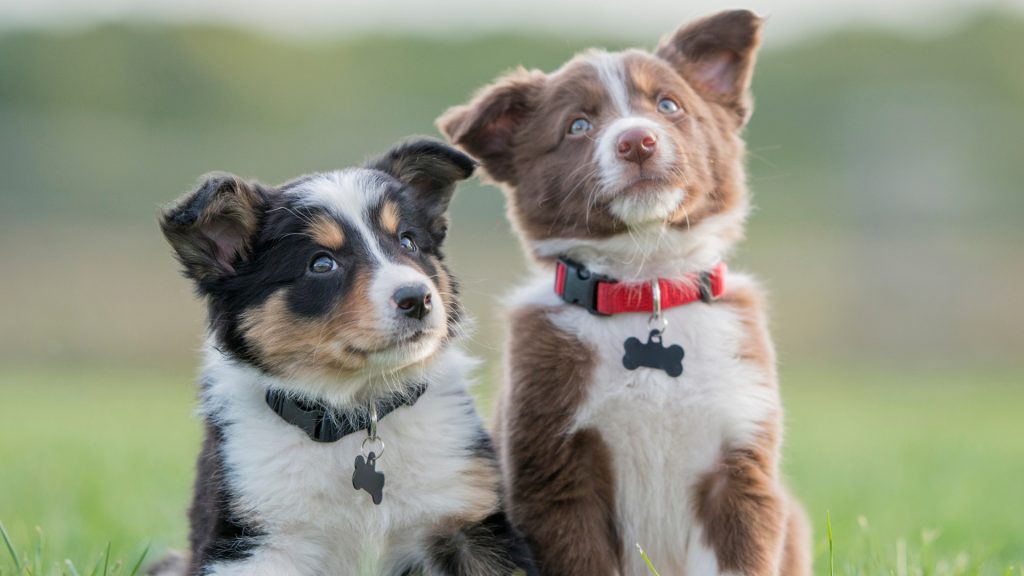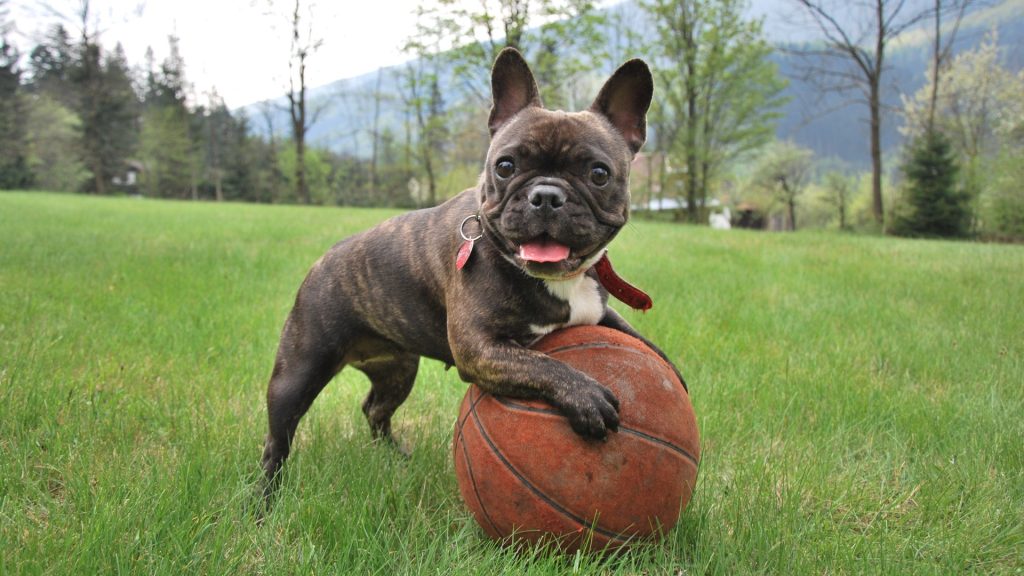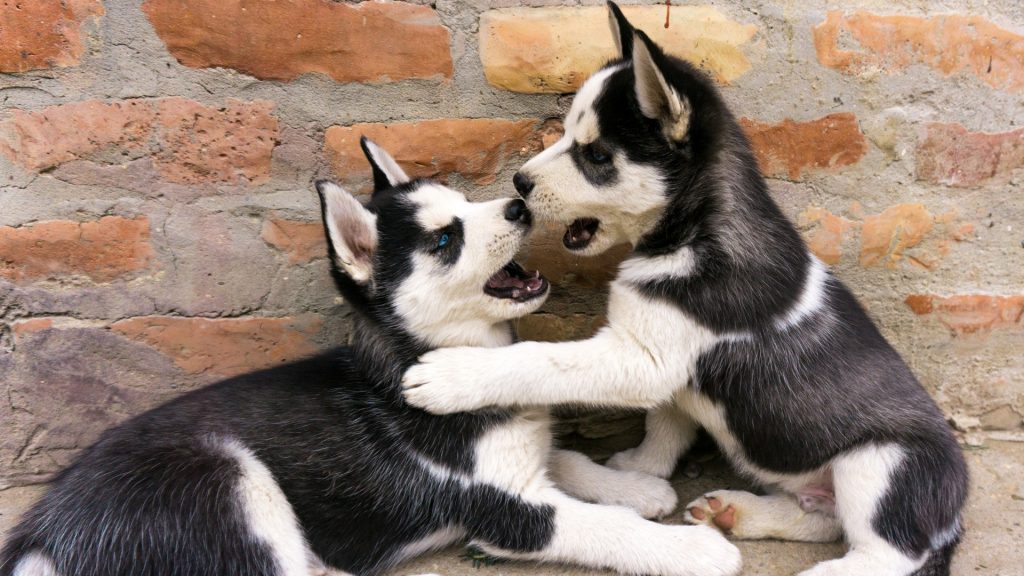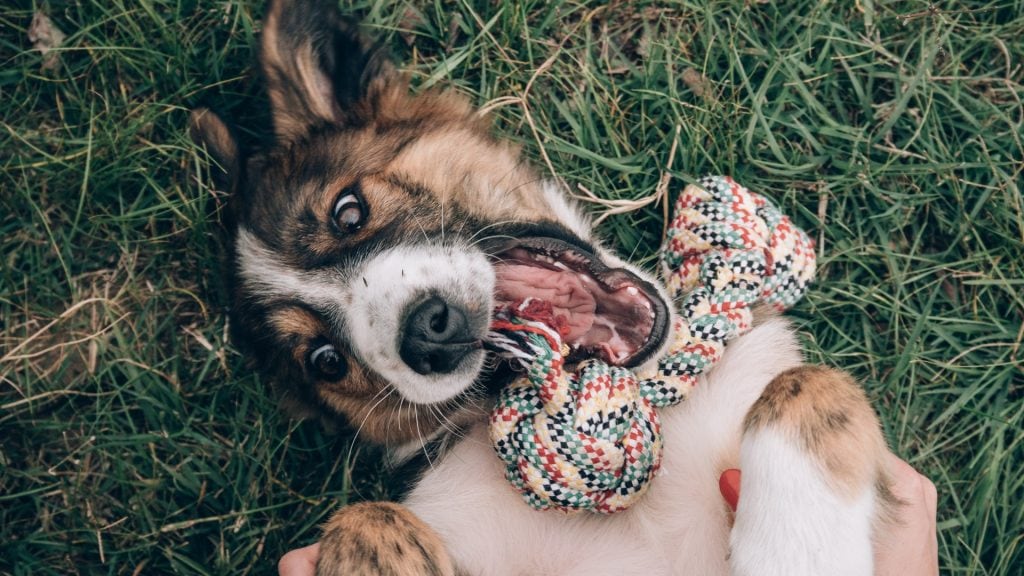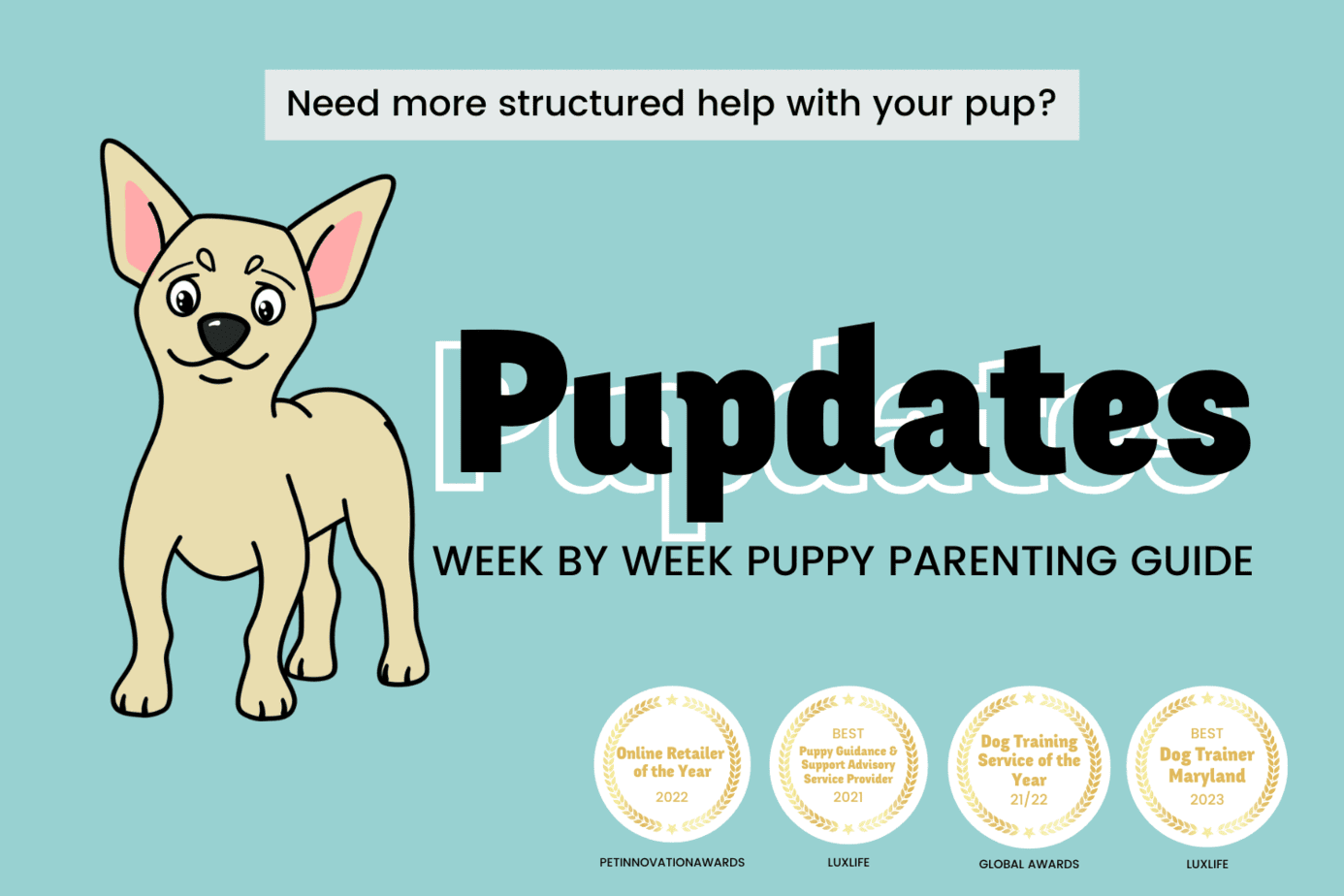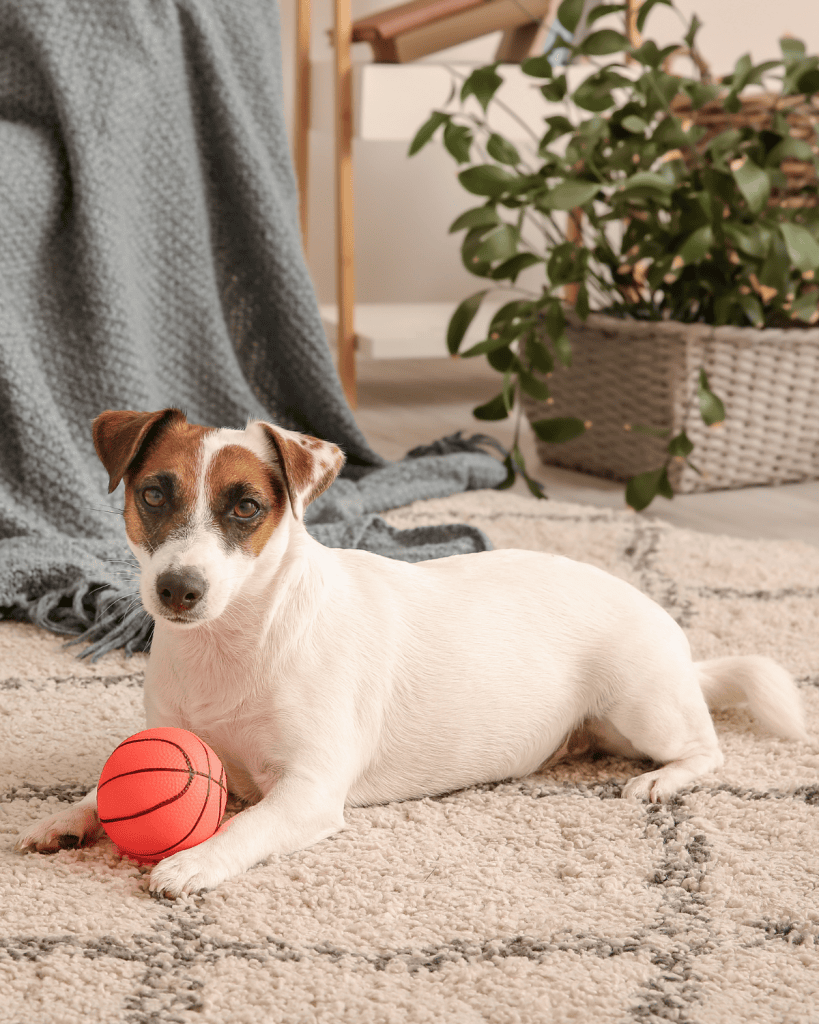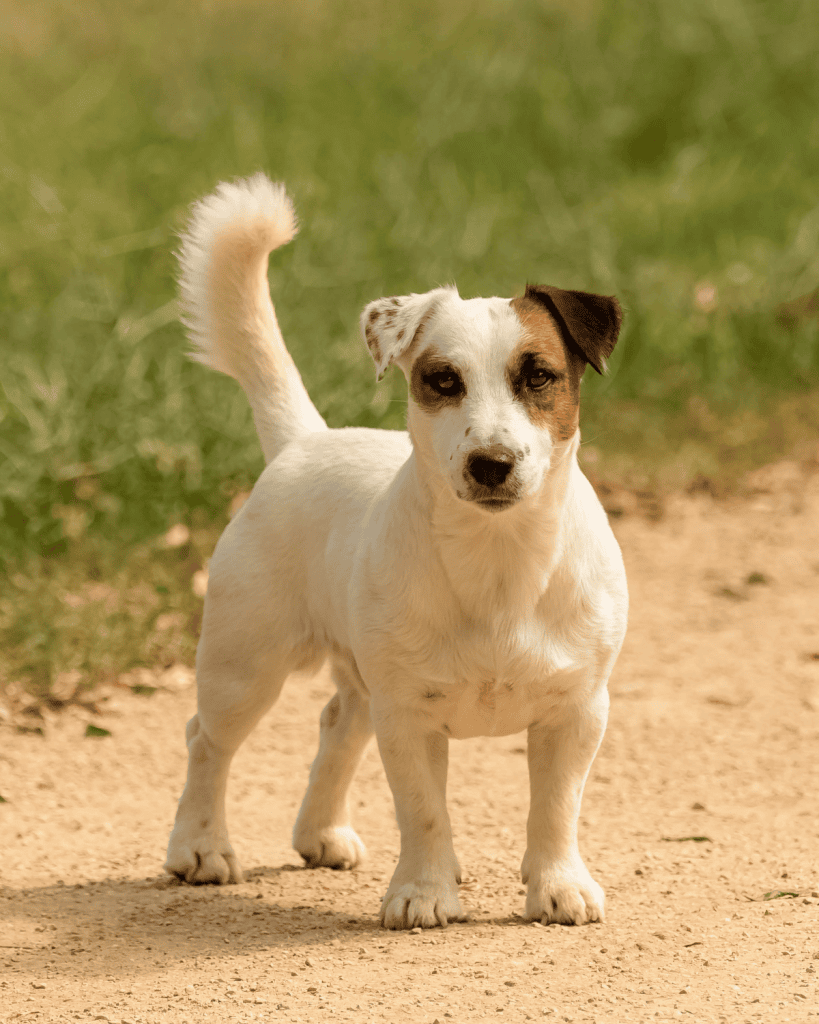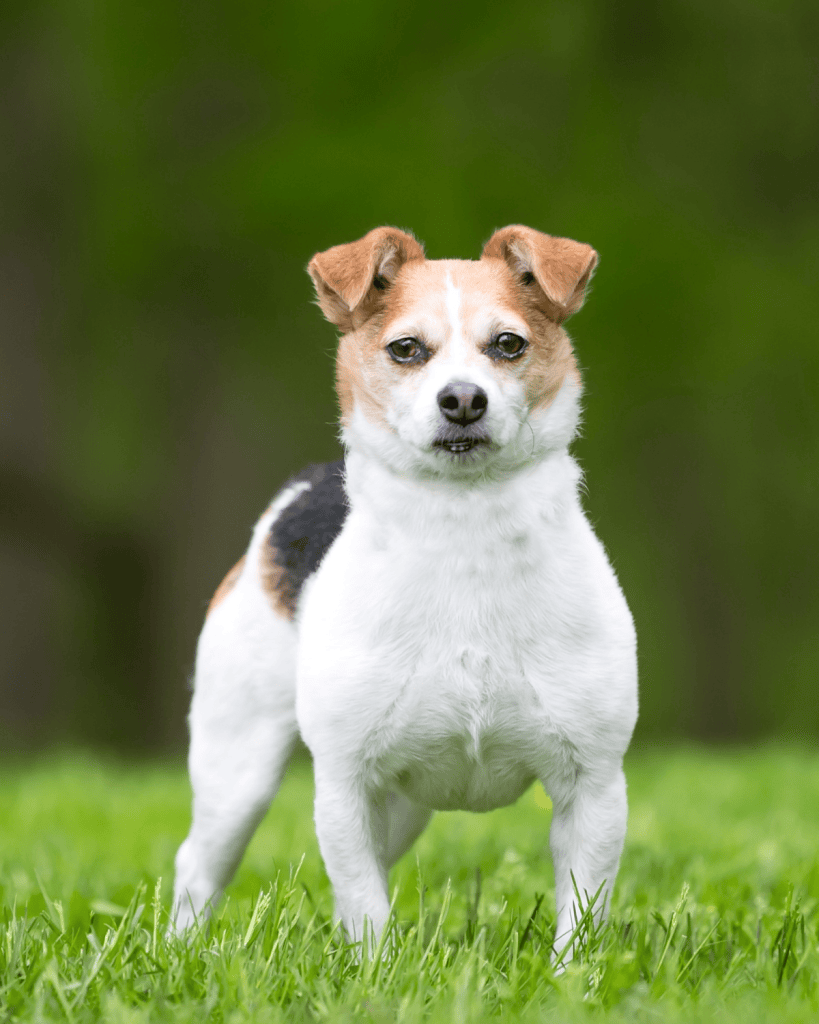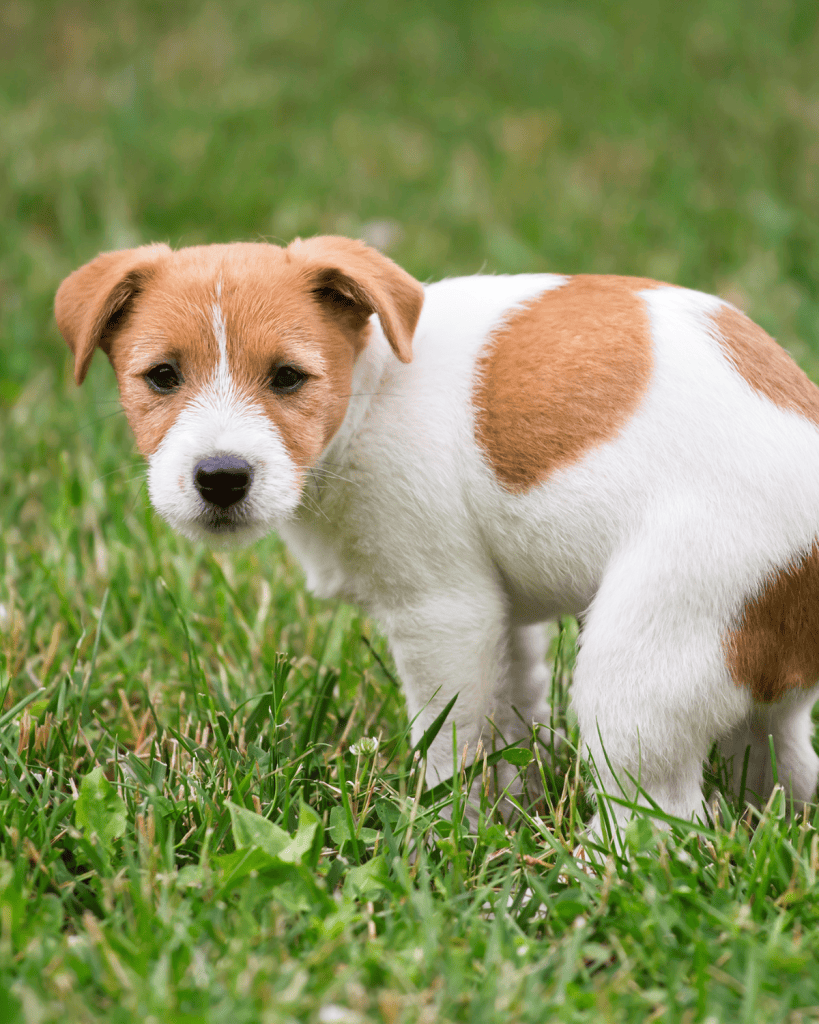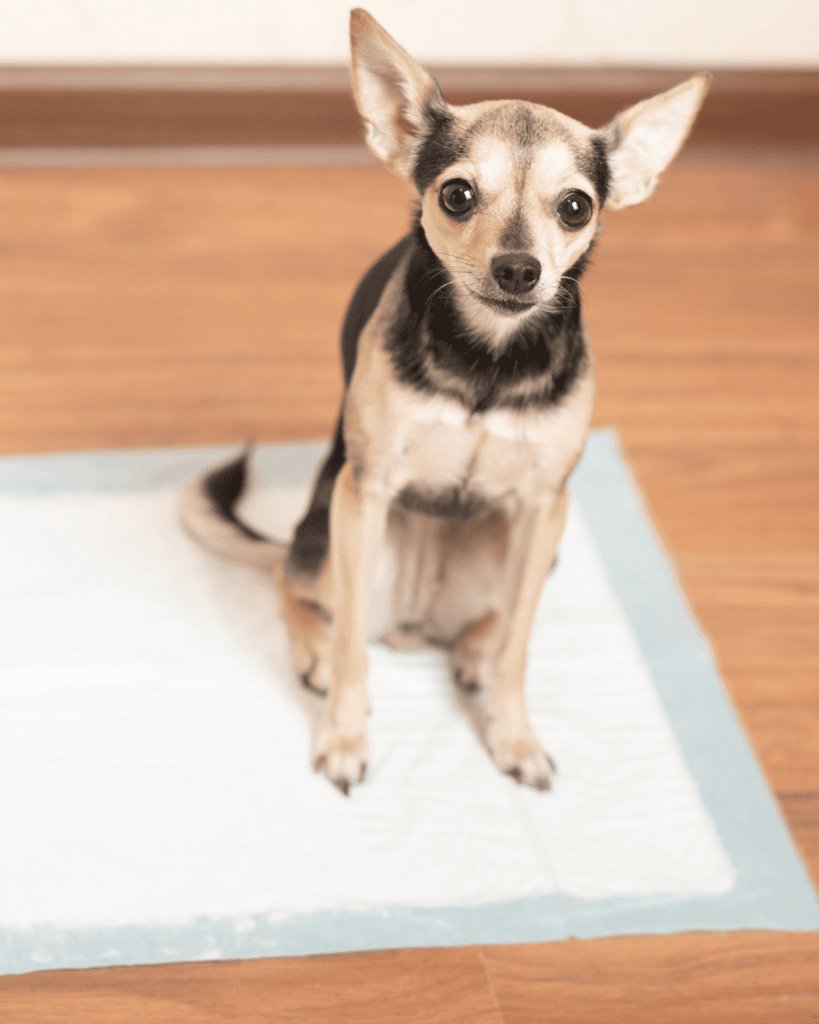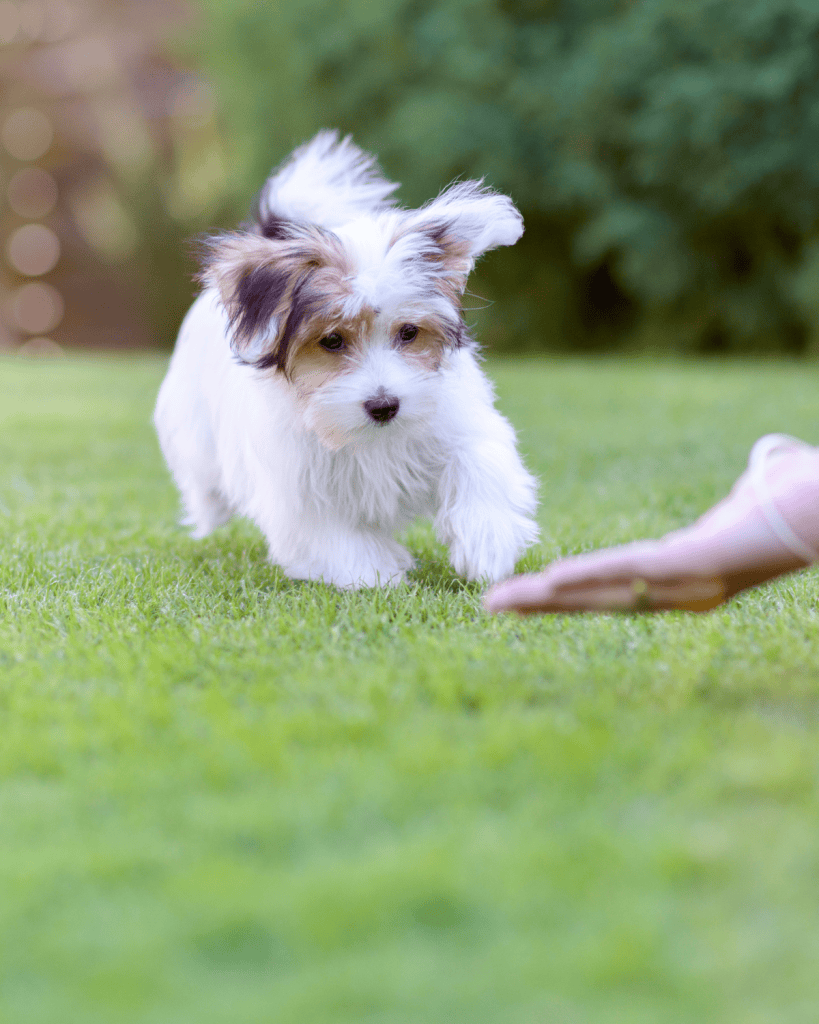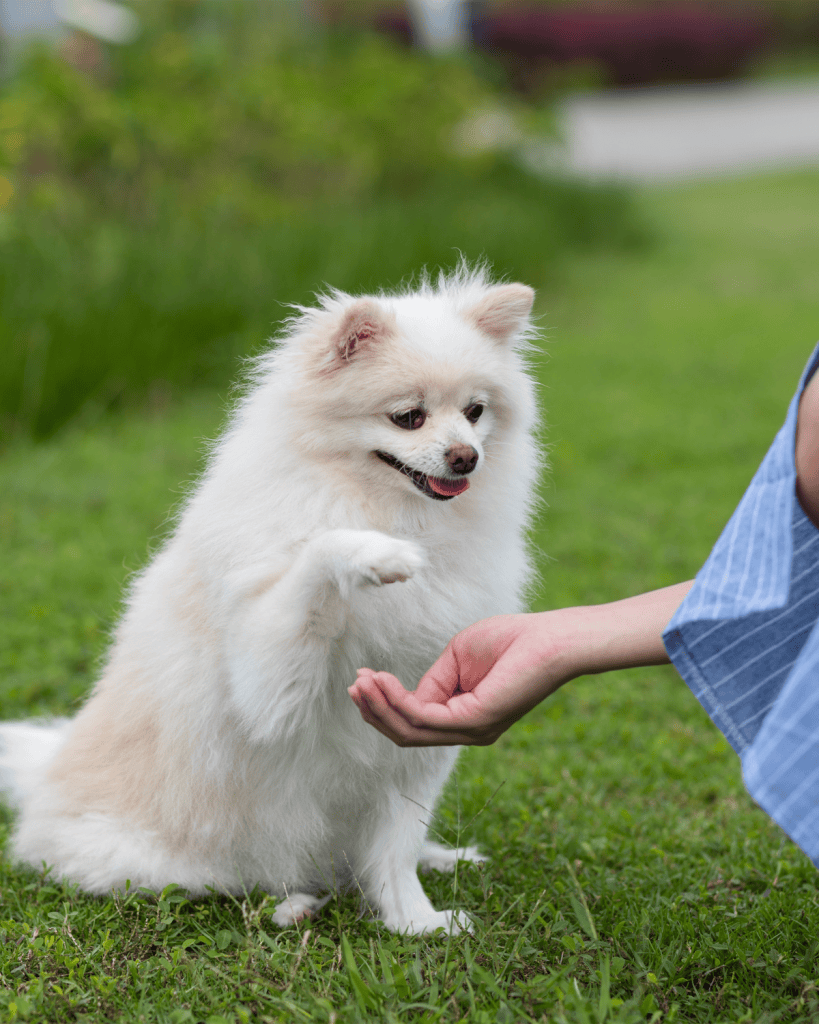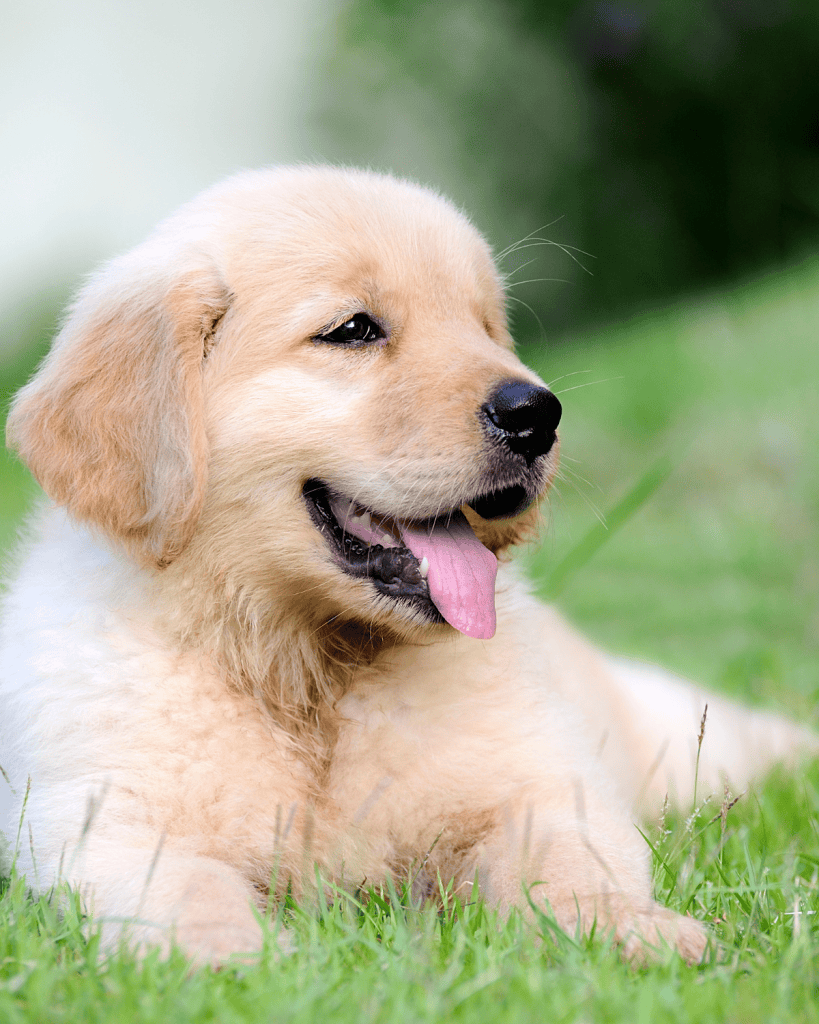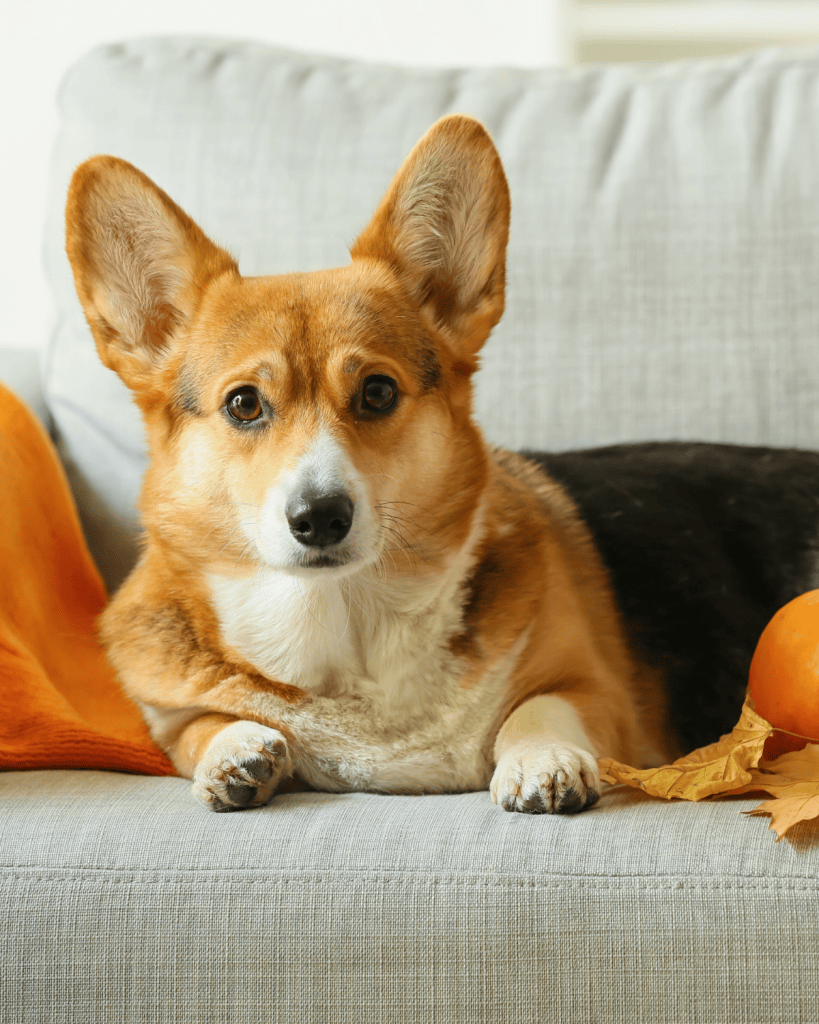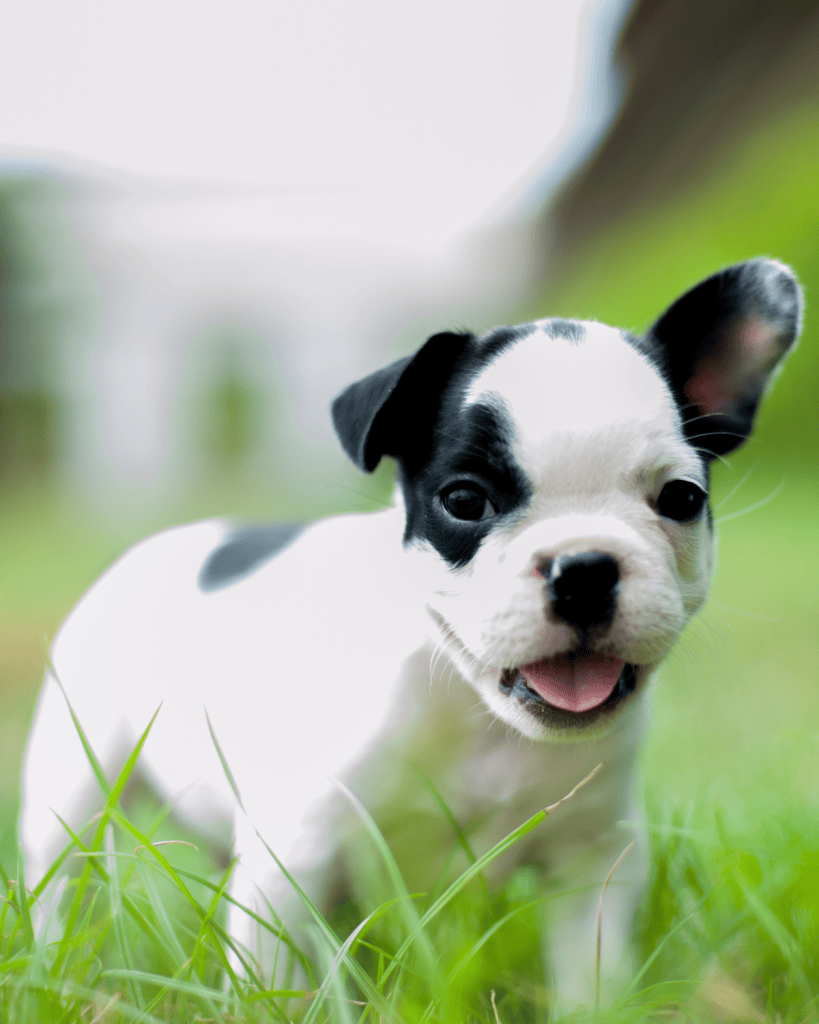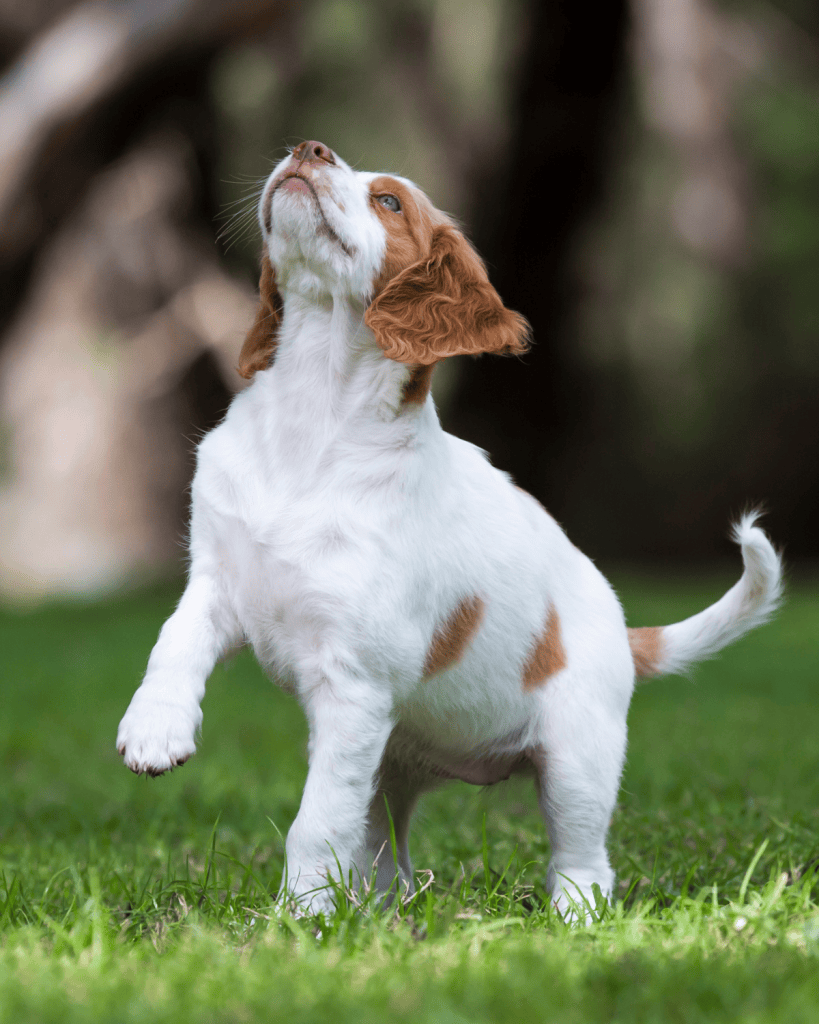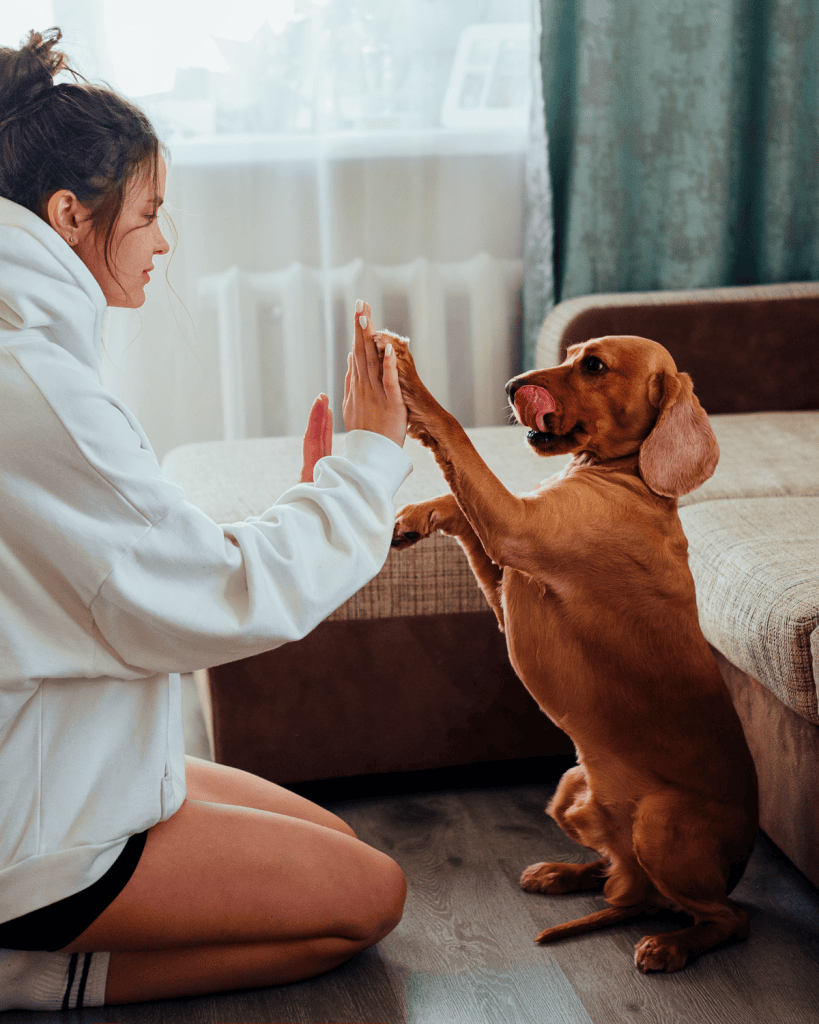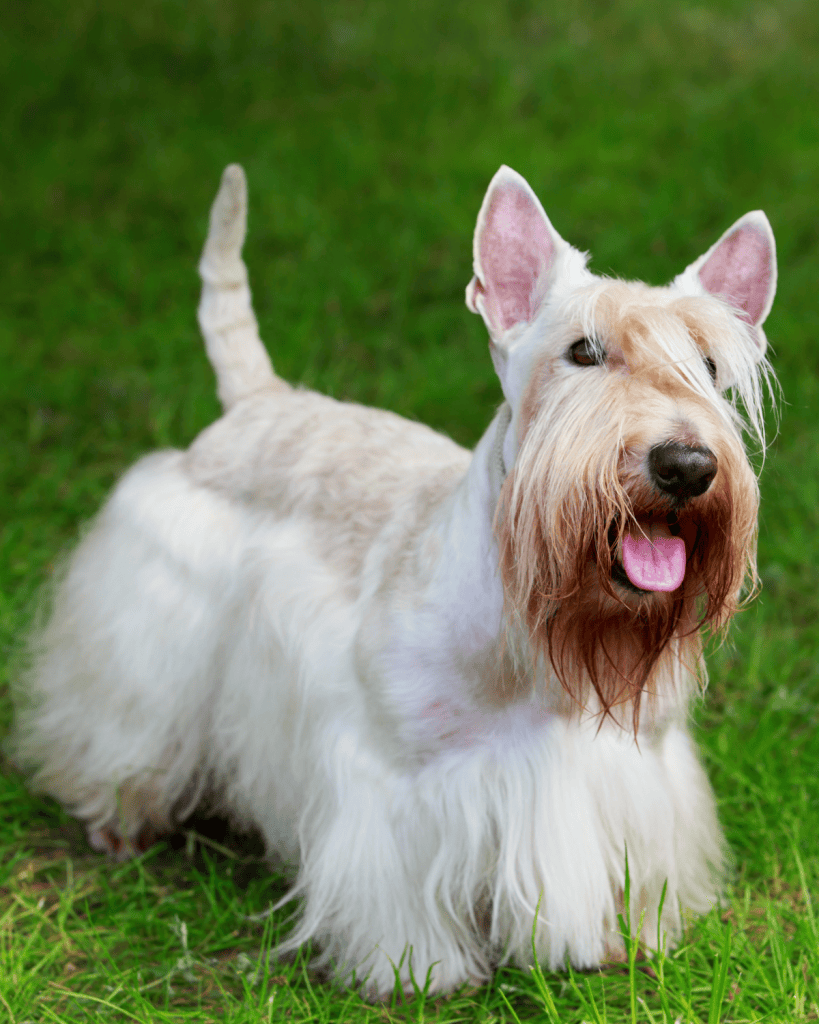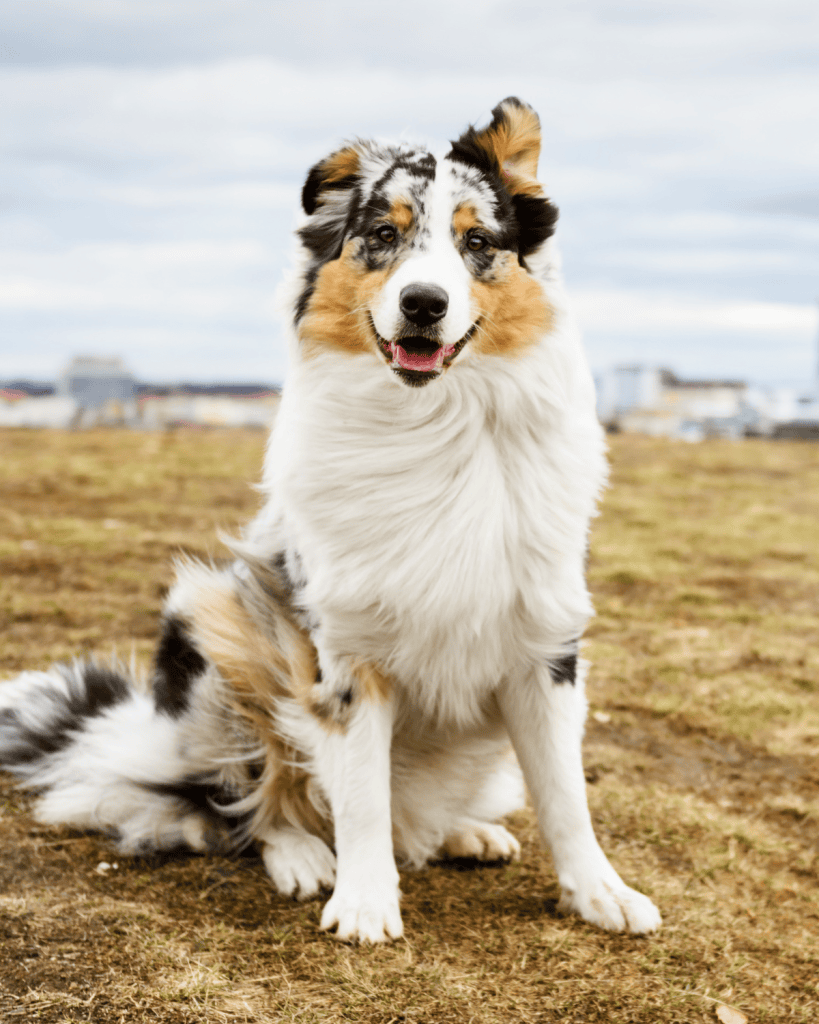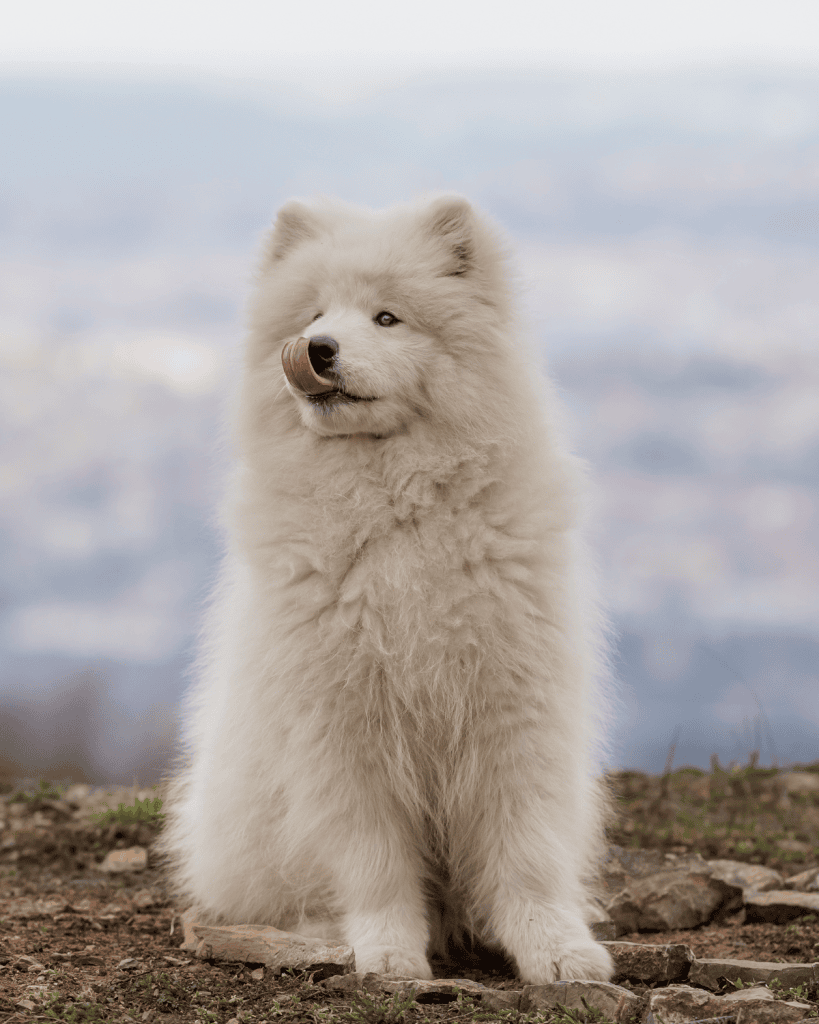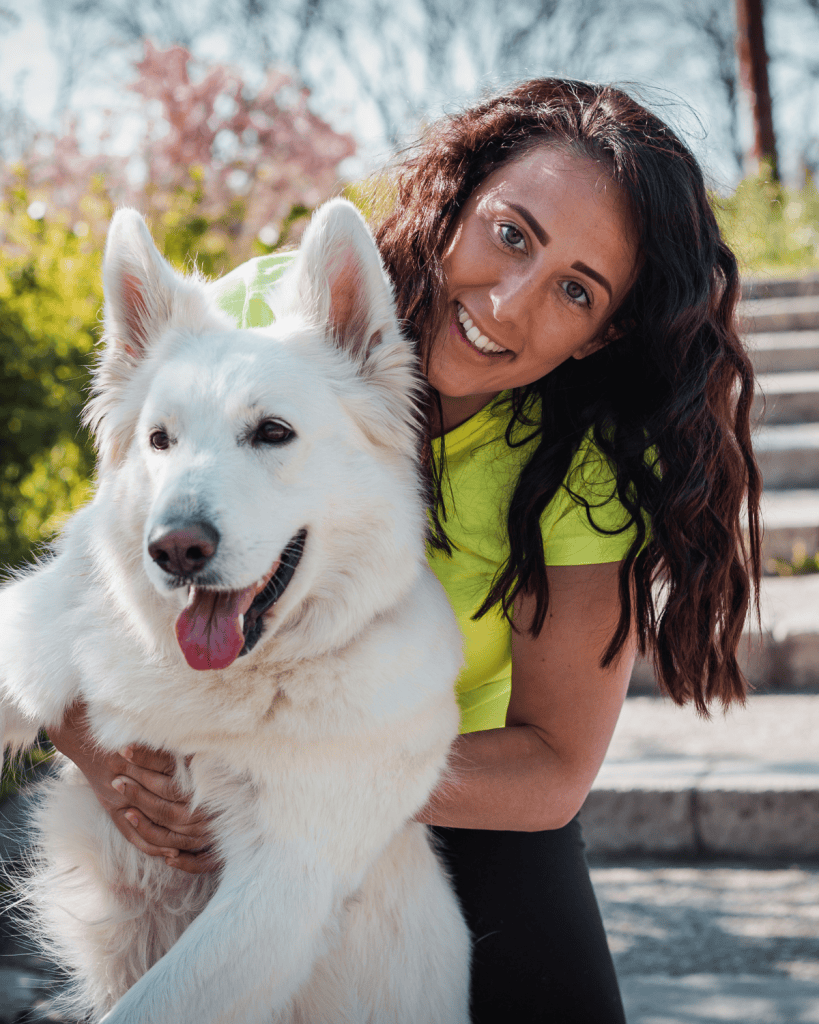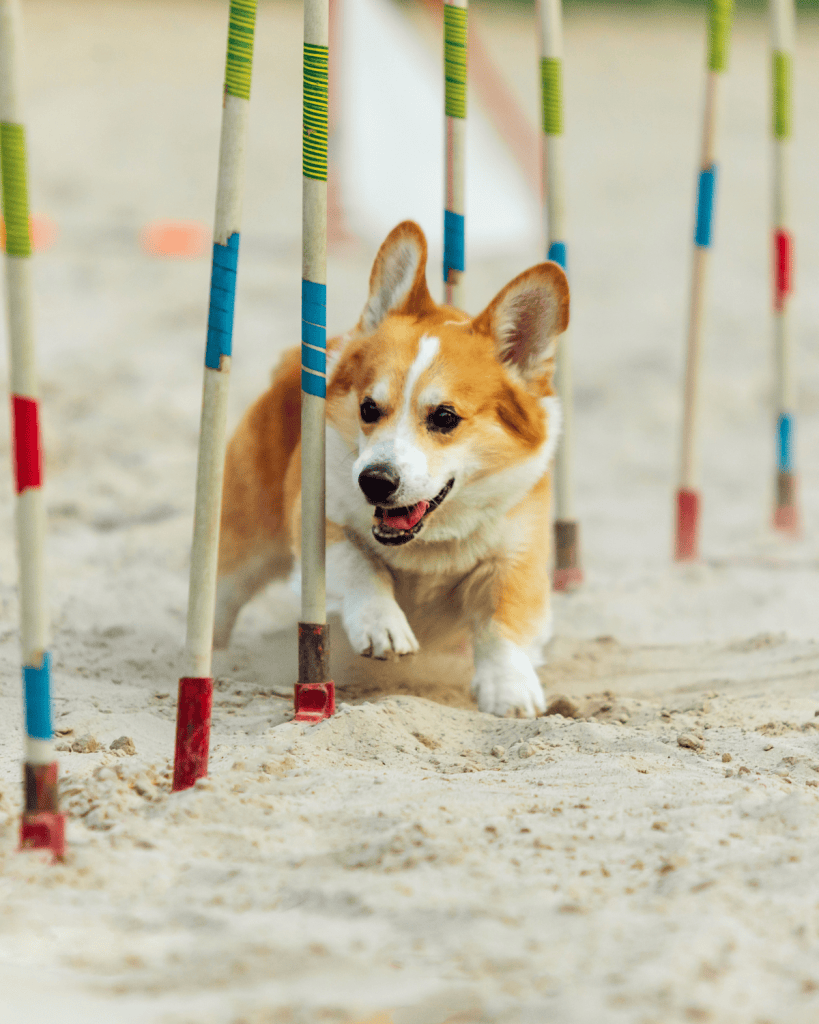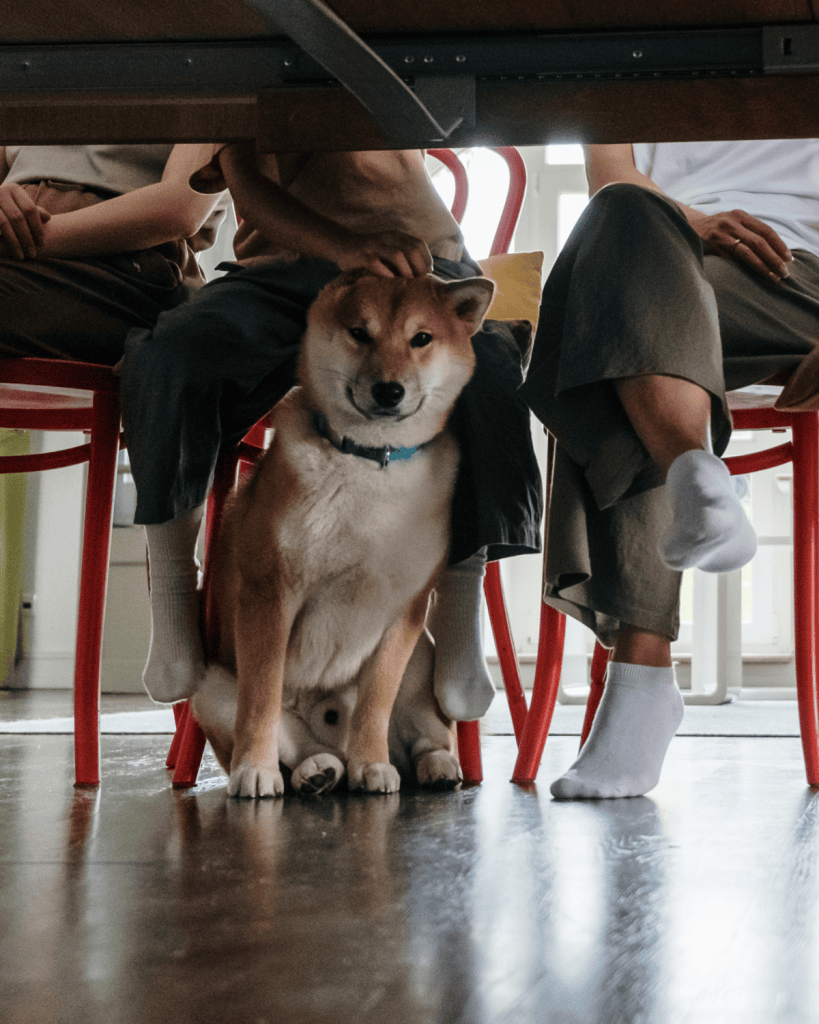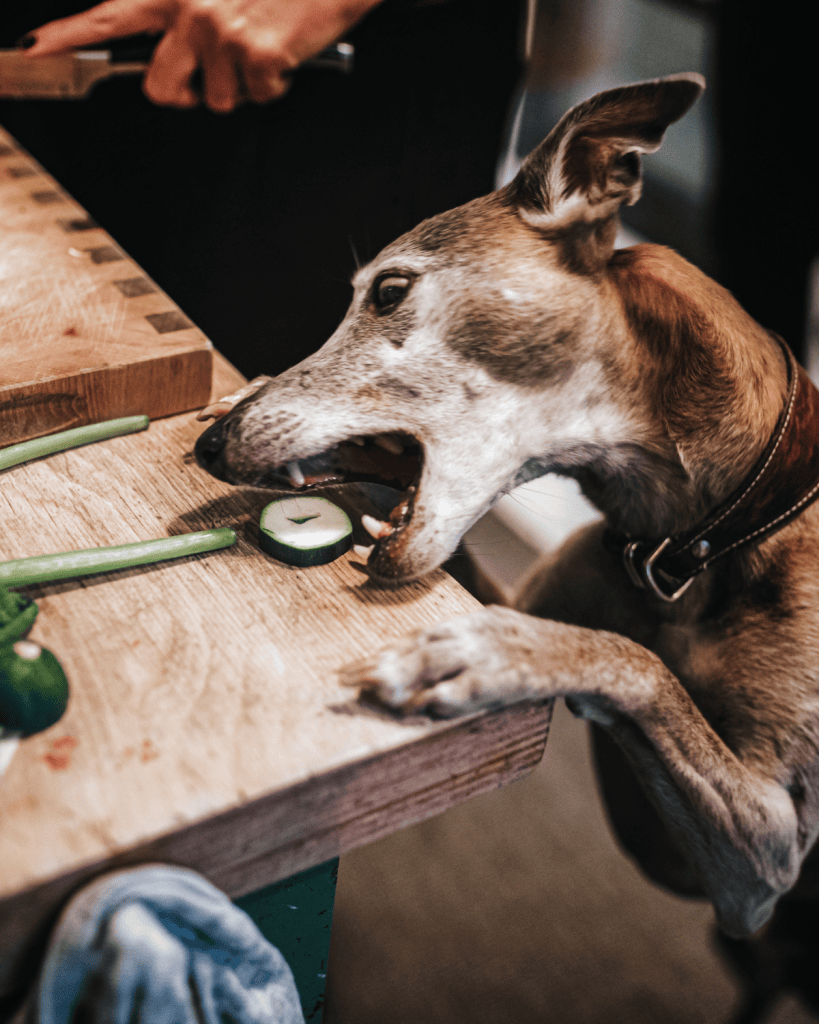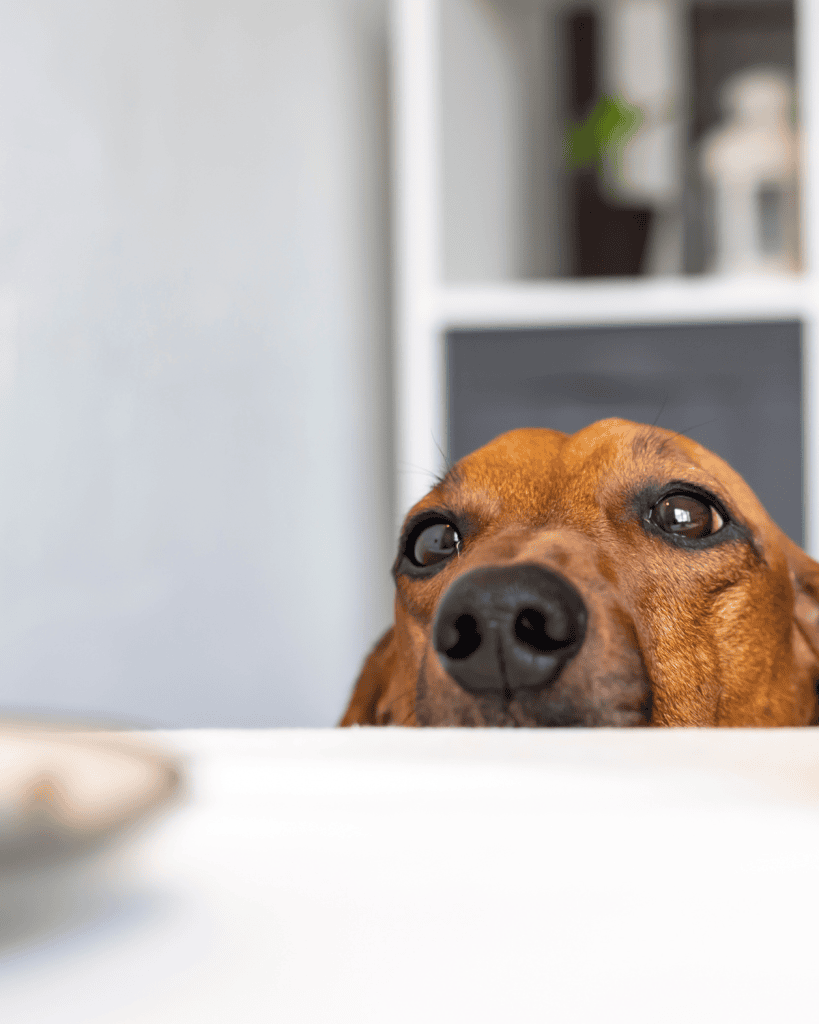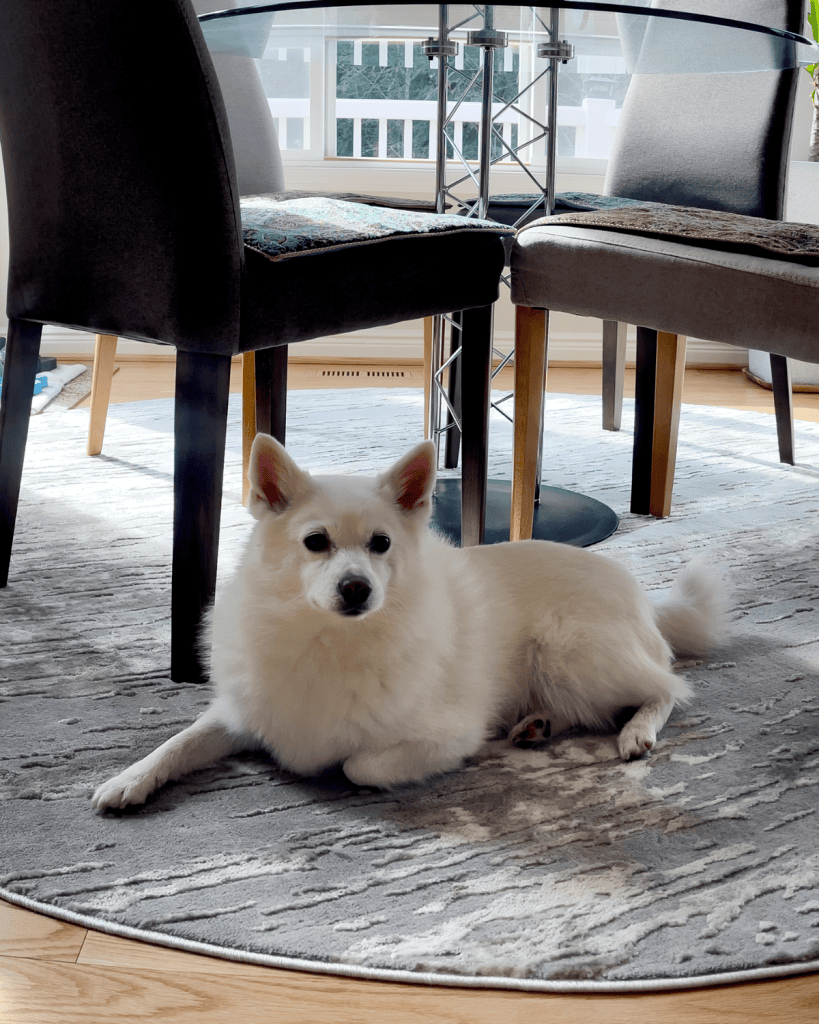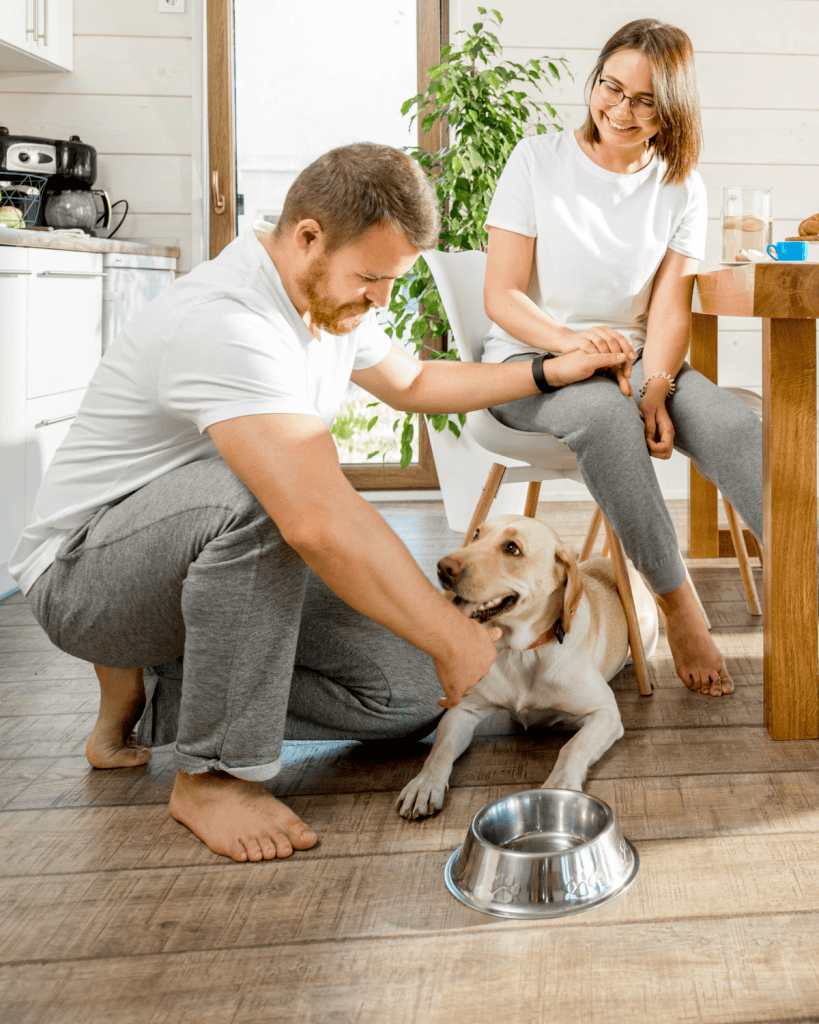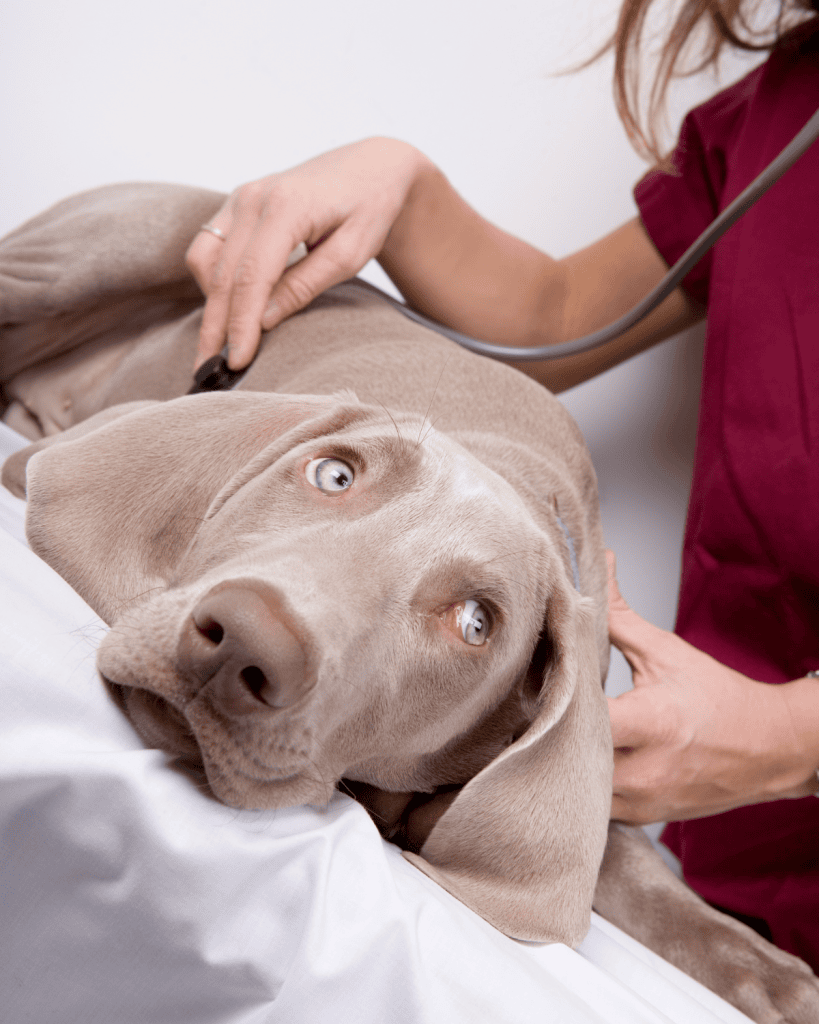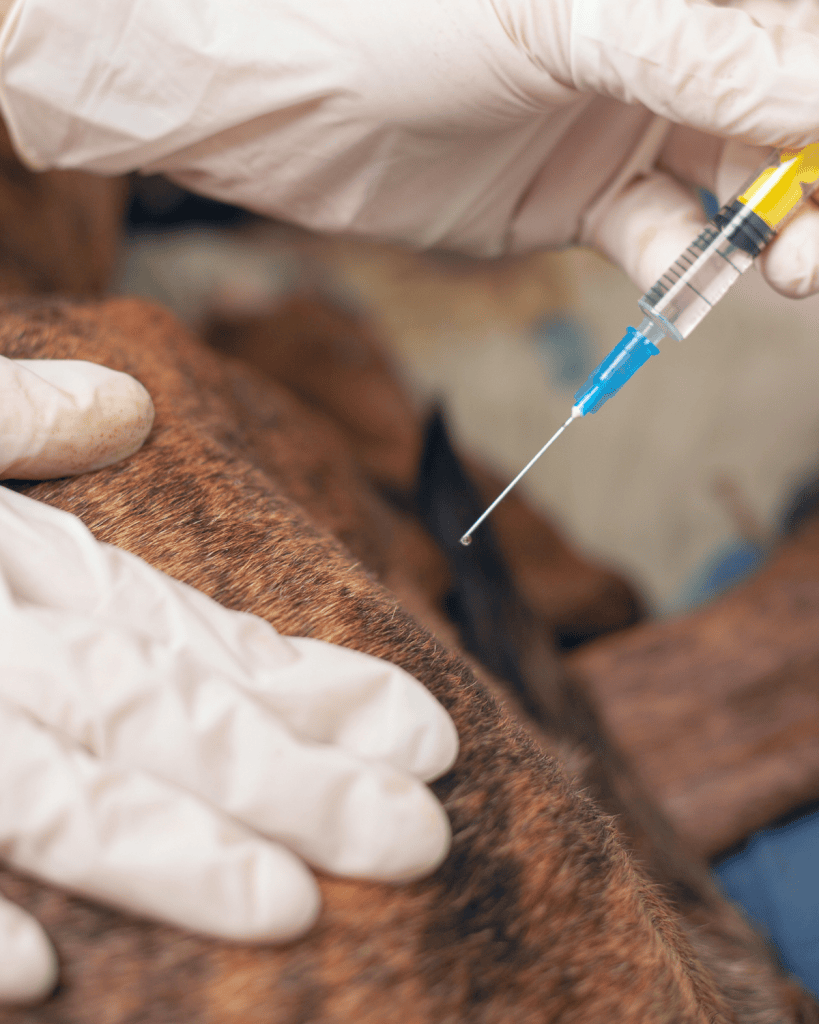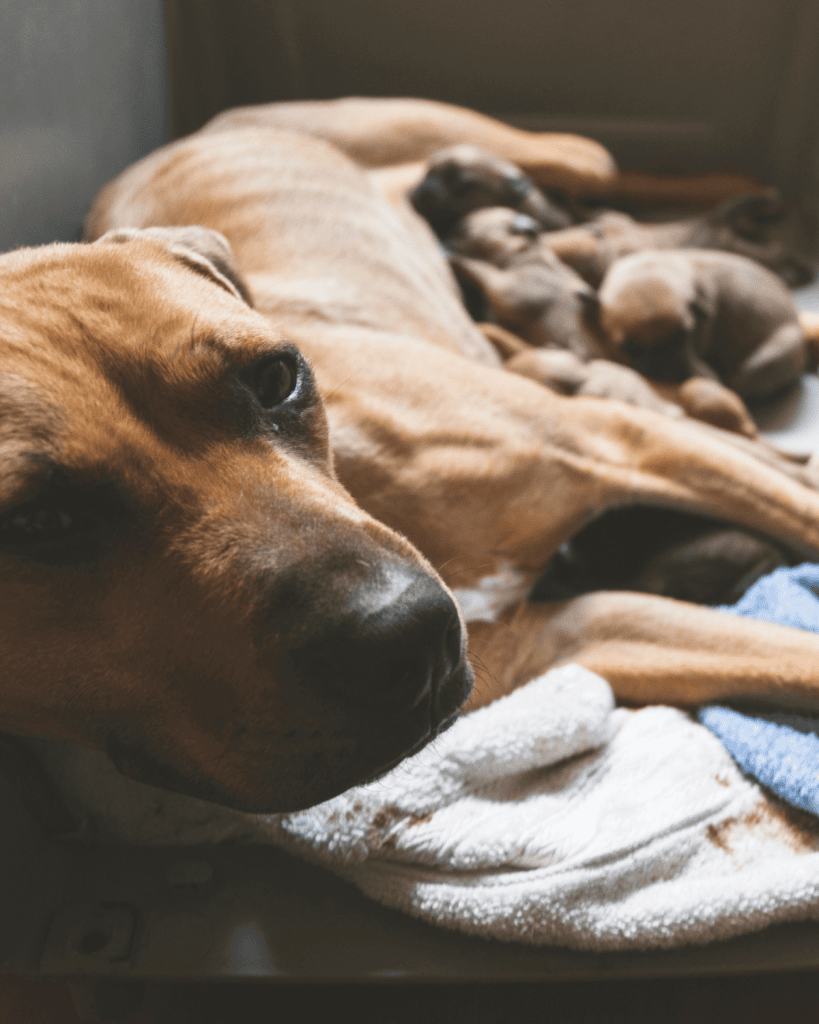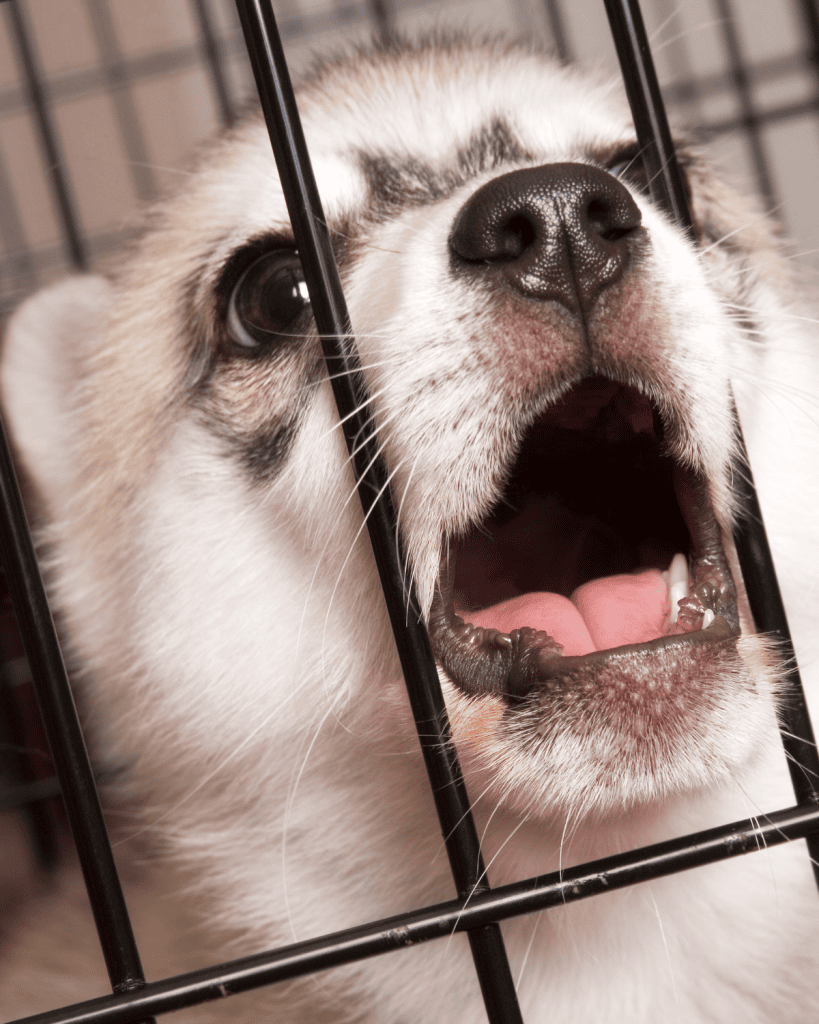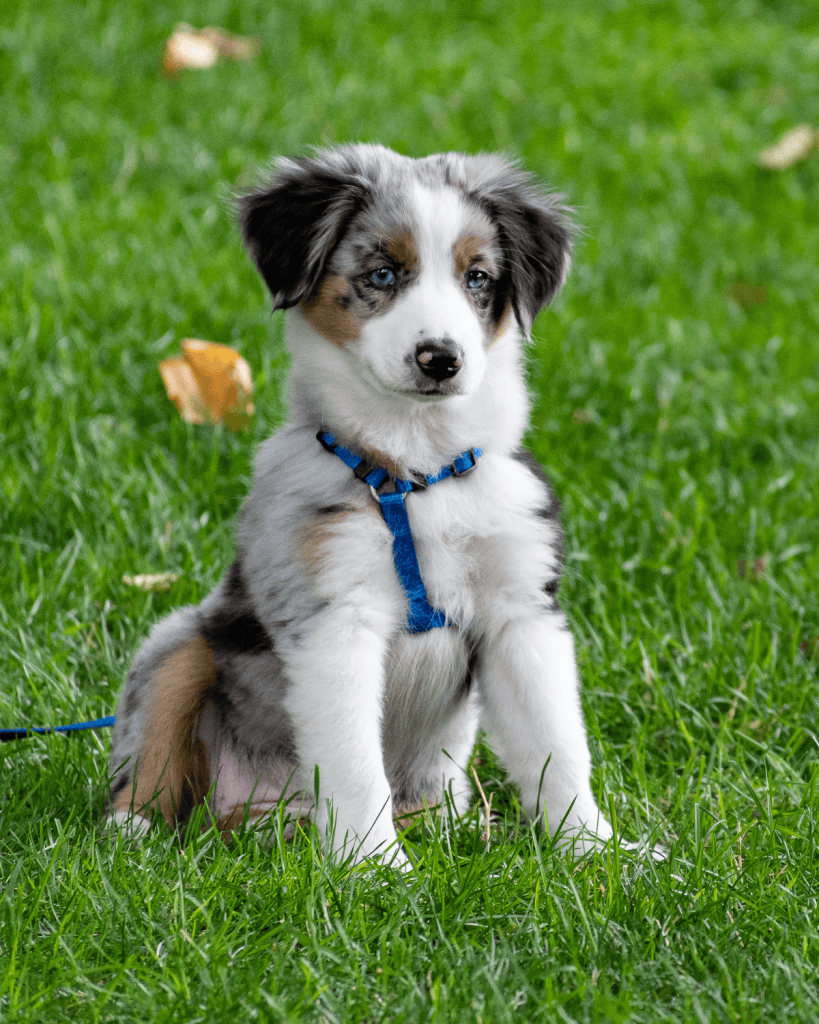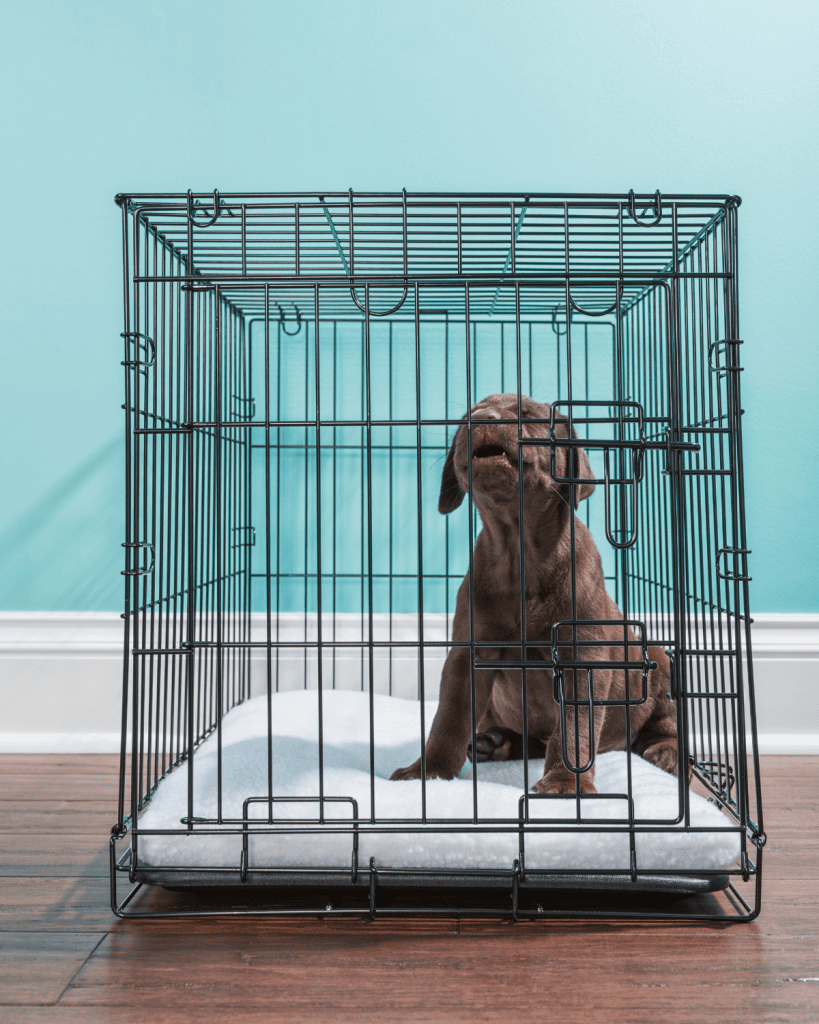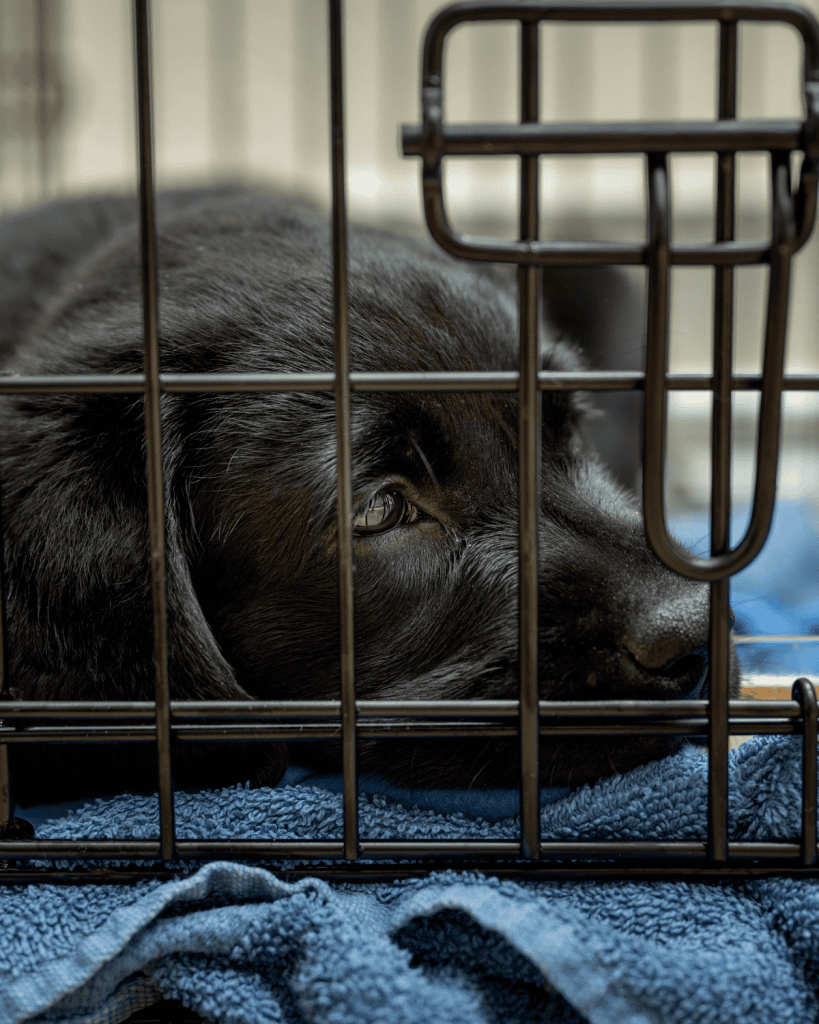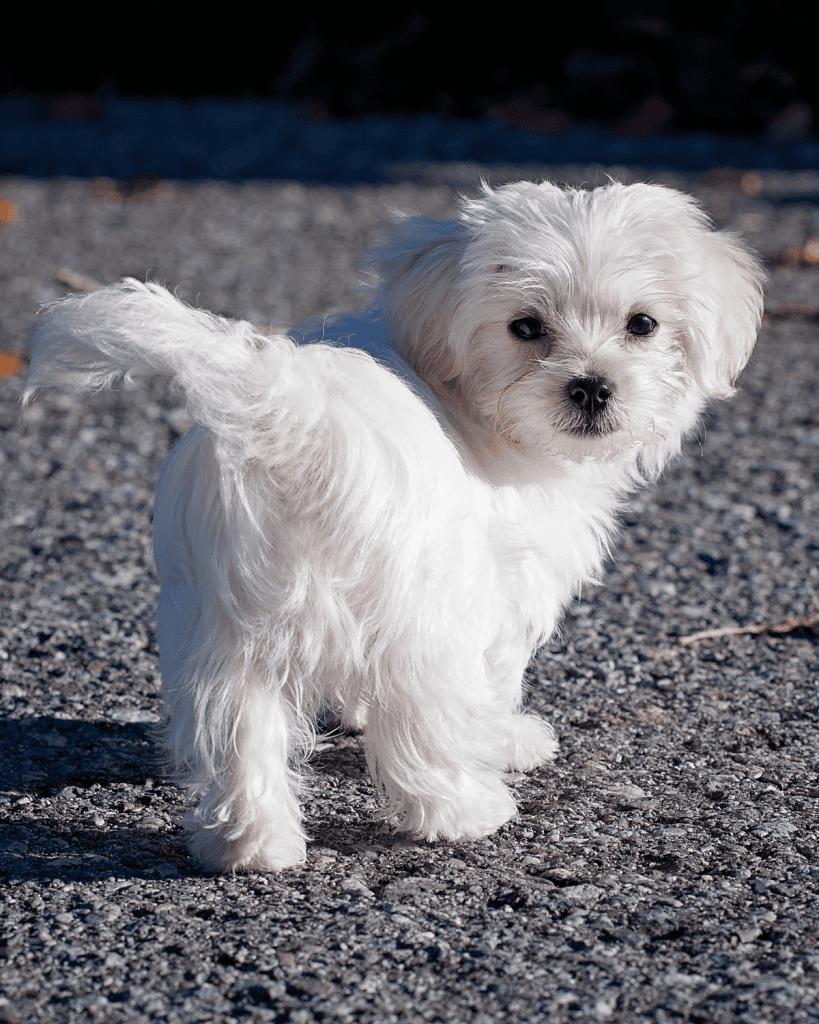Click to Skip Ahead
We give Love, Nala products an overall rating of 4.7 out of 5 stars.
Among all the cute cats on the internet, one that really stands out is a cool California kitty named Nala. Nala was rescued from a shelter when she was only a kitten, and her owner started an Instagram account to share photos with her family in Thailand. As Nala’s followers grew, her owner also started a website, Nalacat.com, and used the two platforms to spread awareness about proper pet parenting as well as the importance of adopting.
Eventually, Nala the cat started her own premium pet food brand, “Love, Nala,” both to continue building a positive legacy and to allow her owners to consistently donate to animal shelters. Ingredients were carefully chosen to create a healthy yet affordable product, and Nala tested everything herself to ensure other kitties would approve.
According to their website, Love, Nala has donated over 250,000 meals to rescue organizations all over the US. They work closely with their manufacturer to maintain a high-quality product that is healthy for cats of all ages. They also use quality ingredients like wild-caught, antibiotic-free seafood, and local, cage-free chicken. My cat Luna has been eating Love, Nala, and her verdict is: this food is purrfect!

At a Glance: What We Received
| Rating | Image | Product | Details | |
|---|---|---|---|---|
|
Our Favorite |
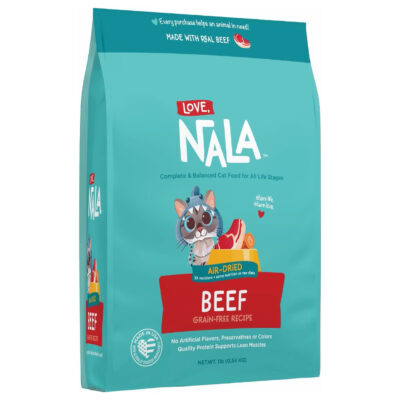 | Air-Dried Cat Food | 3 recipe options High protein content No artificial coloring | CHECK PRICE |
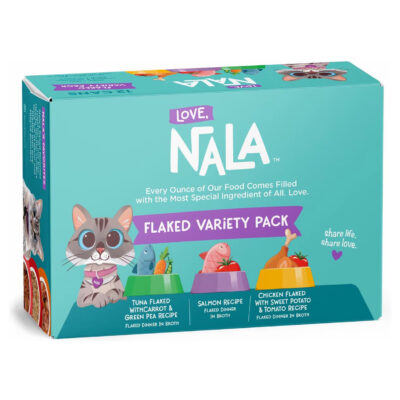 | Flaked Wet Food | Whole ingredients you can see High moisture content Enticing aroma | CHECK PRICE | |
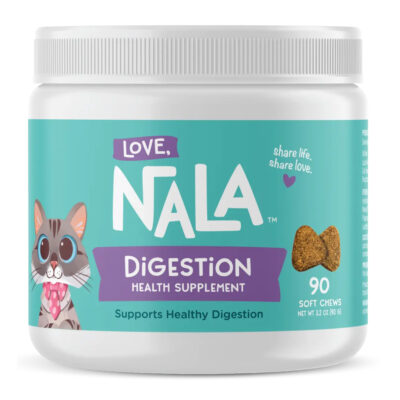 | Digestive Health Supplement | Supports gut health Soft chewy texture Chicken flavor | CHECK PRICE | |
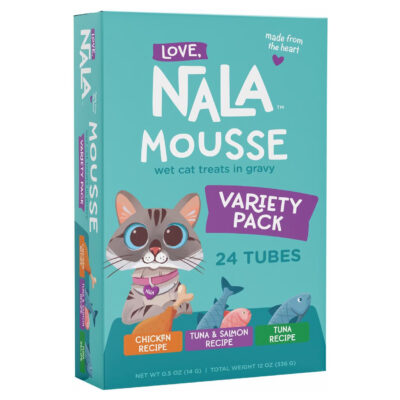 | Mousse Treat Tubes | High-value treat Can be used as a topper Minimal ingredients | CHECK PRICE |

About Love, Nala

Who Makes Love, Nala and Where is it Produced?
Per the company website, Love, Nala was founded by cat lover Vasiri “Pookie” Methachittiphan and her partner Shannon Ellis in 2019. They named the premium cat food brand after Pookie’s beloved Siamese/Tabby-cross, Nala, and even included her likeness on the packaging. Nala was already internet-famous, having amassed millions of Instagram followers, and was even recognized the following year by the Guinness Book Records as the cat with the most Instagram followers, at that time more than 4 million! Nala’s owner Pookie always wanted to use Nala’s fame for good, and together, she and Shannon decided to start a cat food brand to allow them to donate to animal shelters while also providing a nutritious product to improve the well-being of cats everywhere.
Today, Love, Nala’s air-dried recipes are produced in California with an emphasis on using hormone-free, and locally sourced ingredients. Their wet foods are produced in Pookie’s home country of Thailand with locally sourced cage-free poultry. Love, Nala also uses wild-caught fish, which is antibiotic-free, and never uses artificial colors, flavors, or preservatives. Every ingredient has been carefully chosen to be healthy for our cats and also environmentally friendly, while still tasting amazing.
Which Types of Pets is Love, Nala Best Suited For?
Any cat owner who loves their pets like family wants to feed them the very best food possible. But there are so many choices, and the very best options are typically the most expensive. This is what Love, Nala wanted to change. After formulating nutritious recipes using whole ingredients and leaving out the harmful artificial additives and fillers, this brand went the extra mile to make their products more affordable than other premium foods of the same caliber. So whether you have a kitten, an adult cat in the prime of its life, or a senior kitty, the food, treats, and supplements from Love, Nala can ensure your pet stays healthy for many years to come.

Key Features

Love, Nala considered all the most important features a premium cat food should have when formulating their product line. And they have proven their willingness to improve upon their foods by discontinuing their dry kibble in favor of an air-dried recipe which retains more nutrients. Ingredients are carefully chosen based on their effects on both feline health and the health of our planet, and yet this food remains less expensive than most comparable brands on the market.
Ingredients
Love, Nala adheres to a “meat-first” policy with both their air-dried and wet formulas (except for added broth/water as the first ingredient in their canned food and lickable treats). This ensures these recipes are appropriate for our carnivorous kitties and also helps them maintain lean muscle mass – something that’s very important for indoor cats. The beef in their formulas is sourced in the USA, while their chicken comes from cage-free farms in Thailand. Seafood ingredients are wild-caught, which avoids the problem of antibiotics in the meat prior to processing, and Love, Nala also states all their meat is hormone-free.
Aside from what’s in Love, Nala food, it’s important to note what’s not in it. You won’t find harmful chemical preservatives, artificial flavors and colors, or nutritionally inferior fillers like corn or rice. This brand is committed to providing species-appropriate nutrition that is higher in animal protein sources and lower in carbohydrates.
Flavor Options
No matter how picky your cat is, Love, Nala probably has a flavor they’ll enjoy. Air-dried foods come in three flavors – beef, turkey/chicken, and chicken. Wet foods come in two textures (flaked or paté) and a variety of flavor combinations centered around either fish or poultry. The lickable mousse treats come in three flavors of either tuna, tuna/salmon, or chicken.

Nutritional Content
Cats are true carnivores, meaning their bodies are designed to digest animal protein and fat efficiently, and they have very little need for carbohydrates. Love, Nala’s air-dried and wet foods are all formulated with a meat-first approach to ensure their diets are not only biologically appropriate and adhere to AAFCO guidelines but are also higher in protein than the lower-quality high-temperature processed dry kibbles on the market. While those low-cost foods are typically around 26-32% protein, Love, Nala’s air-dried formulas are all 37-43% protein, depending on the flavor.
Pricing
Love, Nala’s pricing, while on the higher end, is in line with comparable premium foods. And true to their founders’ goal of making premium cat food more affordable, the wet and dry foods both come in a couple dollars below most of their competitors when looking at other air-dried and premium canned foods. Their website offers a subscribe-and-save discount, and shipping over $59 is free. If you’re committed to feeding your kitty a premium food, Love, Nala is a great one to try thanks to its slightly more affordable pricing.

Our Reviews of the Love, Nala Products We Received
1. Air-Dried Beef Recipe

All the dry food options from Love, Nala are air-dried, meaning the majority of the moisture has been removed using a gentle process that allows vital nutrients to remain. For this reason, air-dried foods are superior to traditional kibbles processed at extremely high temperatures and pressures. However, just like kibble, this gently baked dry food is easy to store and convenient as it does not require refrigeration or rehydration. This makes them a great option for people wanting healthier but hassle-free food for their pets. Love, Nala’s Beef Recipe is a tasty grain-free food that cats find irresistible.
The air-dried Love, Nala Beef Recipe has more meat-derived nutrition than the other two formulas, as the first four ingredients are all meat. However, of all three air-dried recipe options, the Beef Recipe has the lowest percentage of protein at 37%. It is also important to note that it contains pork and natural chicken flavor, which may represent a challenge for kitties with specific allergies to any of those ingredients. It also contains chickpeas as the first plant source on the ingredient list (fourth ingredient overall), which is usually added as a plant-based protein source. Although our carnivorous kitties have no dietary need for legumes and could do perfectly well with only animal-based proteins, plant proteins are added and balanced to avoid having the economic and environmental cost of the food become astronomic. This recipe is the lower calorie of all three baked Love, Nala products, making it the product to consider for less active cats.
- First 3 ingredients are meat
- Mild aroma
- Gently processed, baked
- Can be a meal or topper
- Several protein sources
- Not ideal for kitties with allergies
2. Air-dried Turkey & Chicken Recipe

Love, Nala’s Turkey & Chicken Recipe brings a higher level of protein, at 40%, and a minimal fat content at 19.5%. The total calorie level is intermediate between the other two products. However, the ingredient list introduces a plant source earlier than the Beef Recipe, with “potato” landing at the #3 spot behind turkey and chicken. Potato contains some protein and may be easier to digest than chickpeas for some kitties. However, it is still mainly a carbohydrate source and not considered a natural ingredient for felines, which are obligate carnivores with no real need for plant nutrients in their diet.
All the Love, Nala air-dried recipes use quality whole ingredients – no mystery meat by-products, meals, or cheap fillers like corn or rice. There are also no artificial flavors, preservatives, or colors, and their products are made in the USA with globally sourced ingredients. Love, Nala foods are formulated to meet AAFCO standards for nutrition levels and can be fed to kitties of all ages.
- High protein
- Appealing flavor
- No artificial colors
- Grain-free
- Sweet potato as third ingredient
3. Flaked Variety Pack

As obligate carnivores, feline species in the wild obtain most of their daily moisture requirements from their food – fresh, real chicken or fish. And our domestic house cats are not that different. Few indoor cats drink enough water to offset what is lost by living on a strictly dry-food diet, which is why offering wet food every day is such an important part of caring for a cat. Adequate hydration is critical to all bodily processes, but especially urinary and renal health. So, although chronic kidney disease can be influenced by many things, including nutrition and dental disease, it only makes sense to feed quality moisture-rich foods daily as the first line of defense.
Love, Nala’s variety pack of flaked wet food comes with 12 cans of three different flavors, including tuna, salmon, and chicken. Each can is 2.8 oz., and each contains a generous quantity of broth, making this a great way to hydrate your cat. All three recipes contain real meat and whole plant ingredients that you can see when you open the can. These are highly nutritious, highly palatable wet foods, but there is one ingredient on all three recipe lists that Love, Nala might improve upon, and that’s sunflower oil. Although a common ingredient in wet cat food and a source of Vitamin E for skin and coat health, felines do better with animal-derived fats as opposed to seed oils, and animal nutritionists mostly agree that sunflower oil is unnecessary in cat food.
- Multiple flavor options
- High moisture content
- Easy to plate
- Optimal meal size
- Contains vegetable oil
4. Digestive Health Supplement

Love, Nala’s Digestive Health Supplement comes in a convenient chicken-based soft chew. Each tub contains 90 chews. The label recommends a dosage of 1 chew per day for cats under 10 lbs., or 2 chews per day for cats over 10 lbs. The label also advises that cats should take this supplement daily for the first 4-6 weeks, and then every other day for maintenance.
While this supplement is designed around a blend of special enzymes that can improve a cat’s gut health, there are some ingredients the average pet owner may be confused by. The first is “Animal Plasma,” listed as an inactive ingredient. Animal plasma is indeed the plasma spun down from the blood of animals, but in this case, we do not know exactly what species of animal (usually cows or pigs but could be from poultry). Animal plasma is a nutrient-rich ingredient that adds flavor and assists with texture. Another ingredient on the list that some pet owners may be unfamiliar with is “Hydrolyzed Chicken Liver.” While this may sound questionable to some, hydrolyzed chicken liver is actually a highly digestible powder form.
An ingredient that does leave room for questions is “Palm Fruit Oil,” listed in the inactive ingredients list. This oil has gained a bad rap in recent years, primarily due to deforestation of rainforests to make way for palm tree growers. There are label certifications for companies using only sustainable sources of palm fruit oil, but this is missing from Love, Nala’s label.
- Supports a healthy digestive tract
- Can help with diet changes
- Great for sensitive stomachs
- Every-other-day maintenance dose
- One flavor option
- Use of palm fruit oil
5. Mousse Variety Pack

Lickable cat treats in tubes have gained popularity in the last decade, both as a way for pets and owners to bond, and to distract displeased kitties during vet visits. A lot of the options available today amount to nothing short of junk food when their ingredients are analyzed, but Love, Nala makes three tasty options that contain great ingredients that are good for your cat. Their variety pack contains a chicken recipe, a tuna recipe, and a tuna & salmon combo. All three are void of mystery by-products and artificial colorings and flavorings and can be used as either treats or food toppers. All recipe options contain guar gum and tapioca starch as thickeners, which are both considered generally safe for cat consumption.
Each variety pack comes with 24 tubes of mousse, with a generous portion size of 0.5 oz. If this is too much to feed your kitty at one time, you can fold over the top of the tube, secure with a clip, and refrigerate (preferably standing up to avoid leakage) for a few days without worry. Love, Nala recommends feeding up to two tubes daily as a treat.
- 3 flavor options in one pack
- Appealing aroma
- Can be a treat or topper
- Minimal ingredients
- Messy to dispense
- Leftovers difficult to store

Our Experience With Love, Nala
I’m always looking for better food and treats for my cat Luna, and recently the Love, Nala brand caught my eye. Actually, if I’m being honest, the packaging is what got my attention – a cute cartoon kitty with big blue eyes on an aqua background (my favorite color). But I don’t buy products off a catchy logo, so I started reading the ingredients as I do anytime I choose a new pet food…and I was impressed.
Sold on the meat-first ingredient lineup and lack of artificial ingredients, I decided to give Love, Nala a try, and Luna Kitty is sure glad I did! She has loved everything I’ve given her, from the air-dried food to the canned food, to the mousse packets. She even loves the digestive supplement and gobbles it up like a treat. The air-dried food is larger than her normal kibble, but she has had no problem eating it and likes both the beef and the turkey/chicken flavors. The flaked wet food flavors were all a hit as well, and she loved licking up all the broth before devouring the chunks of meat. I love that the canned food has so much moisture in it because I know she needs the added water in her diet. It also makes it easy to dump the can in her bowl without having to get a spoon to scrape it out.
The mousse packets have become our daily bonding ritual since I have to hold them for her. It’s also a great way for me to say “I’m sorry” after we trim her toenails (she HATES that!). And with all these new foods and treats in her diet, I’m happy to report that Luna has had ZERO stomach upset, which I attribute partly to our slow introduction of the food into her existing diet, but mostly to the Love, Nala digestive supplement that she takes daily. This has been a flawless food trial of a great brand, and aside from Luna’s love of everything, I can also see she has gained a little needed weight and is looking healthier and more content after just a few weeks of Love, Nala.

Conclusion
Love, Nala is a healthy premium cat food line from a brand intent on improving the lives of kitties everywhere. Not only do they spread an important message on their online platforms around pet care and rescue, but they are also committed to assisting animal shelters and rescues through food donations. By feeding your cat Love, Nala, you are furthering their mission of improving animal welfare while improving your own cat’s health and happiness.
The post Love, Nala Cat Food & Product Review 2025: One Kitty Caregiver’s Honest Assessment appeared first on PangoVet.



